Unit 3-Bakery Products Vocabulary
1/74
There's no tags or description
Looks like no tags are added yet.
Name | Mastery | Learn | Test | Matching | Spaced |
|---|
No study sessions yet.
75 Terms
3-2-1 dough
Used for pies, this dough is made of three parts flour, two parts fat, and one part water.
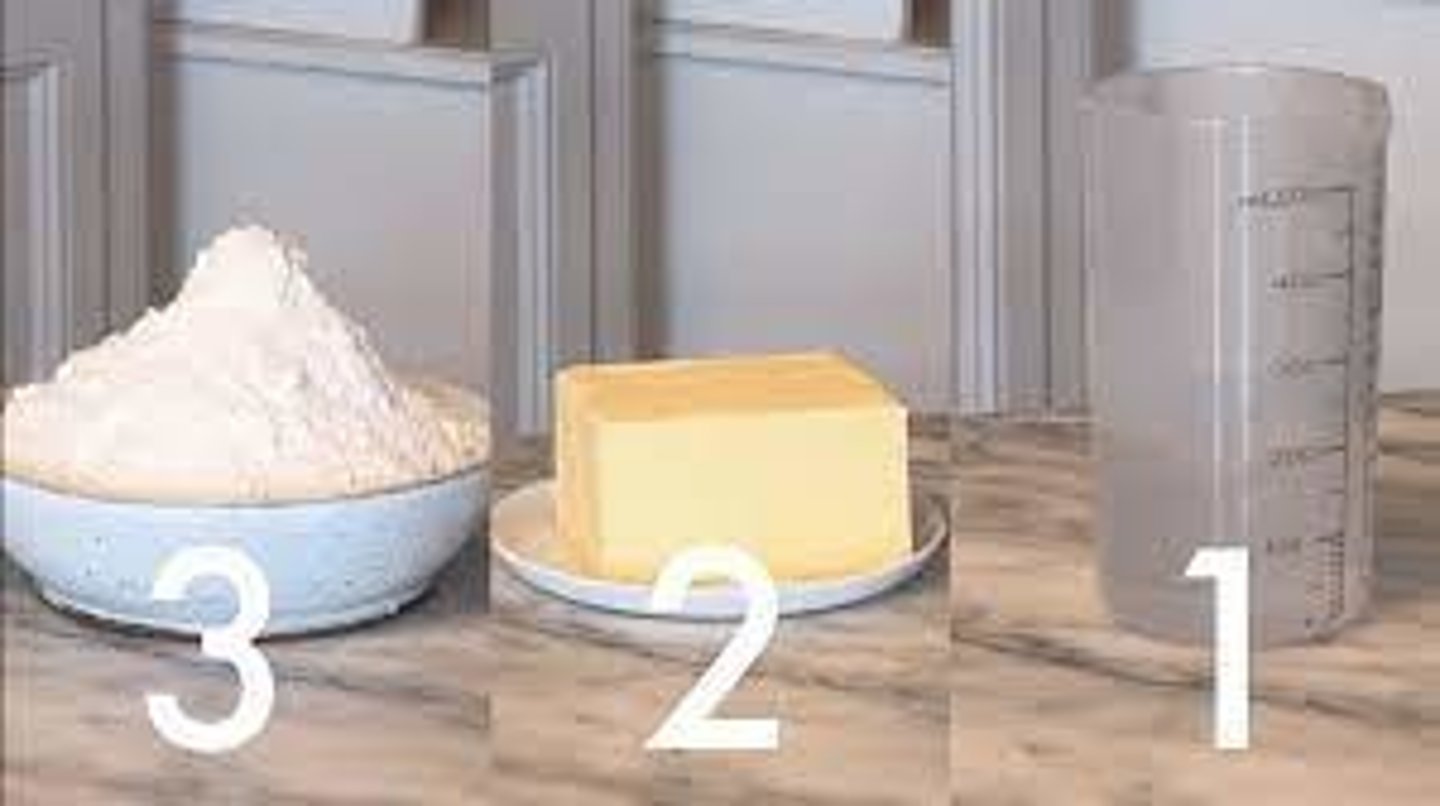
all-purpose flour
Flour that falls between pastry and bread flour in regard to texture.
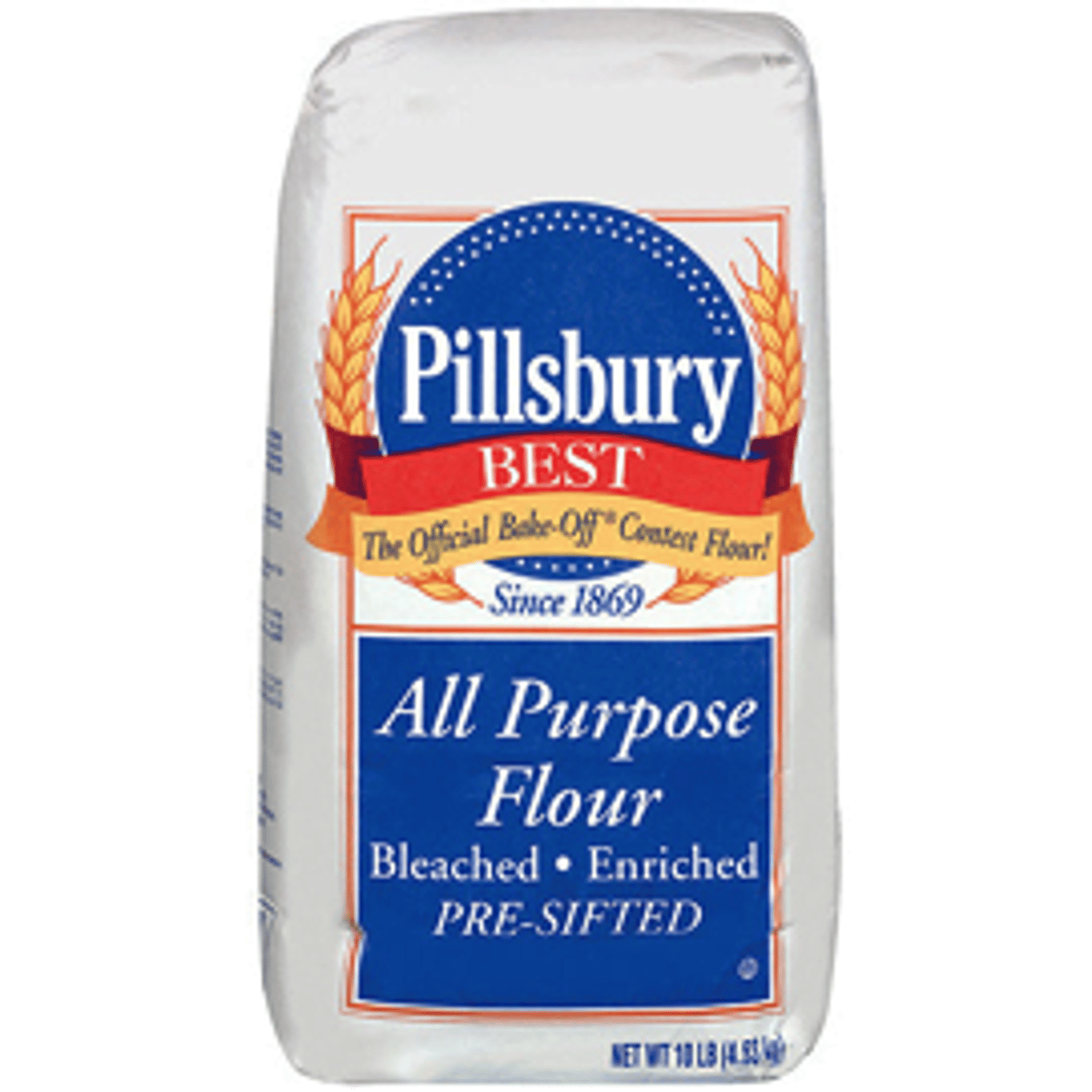
baker's percentages
Flour always has a proportion of 100 percent, and the percentages of all other ingredients are calculated in relation to the flour.
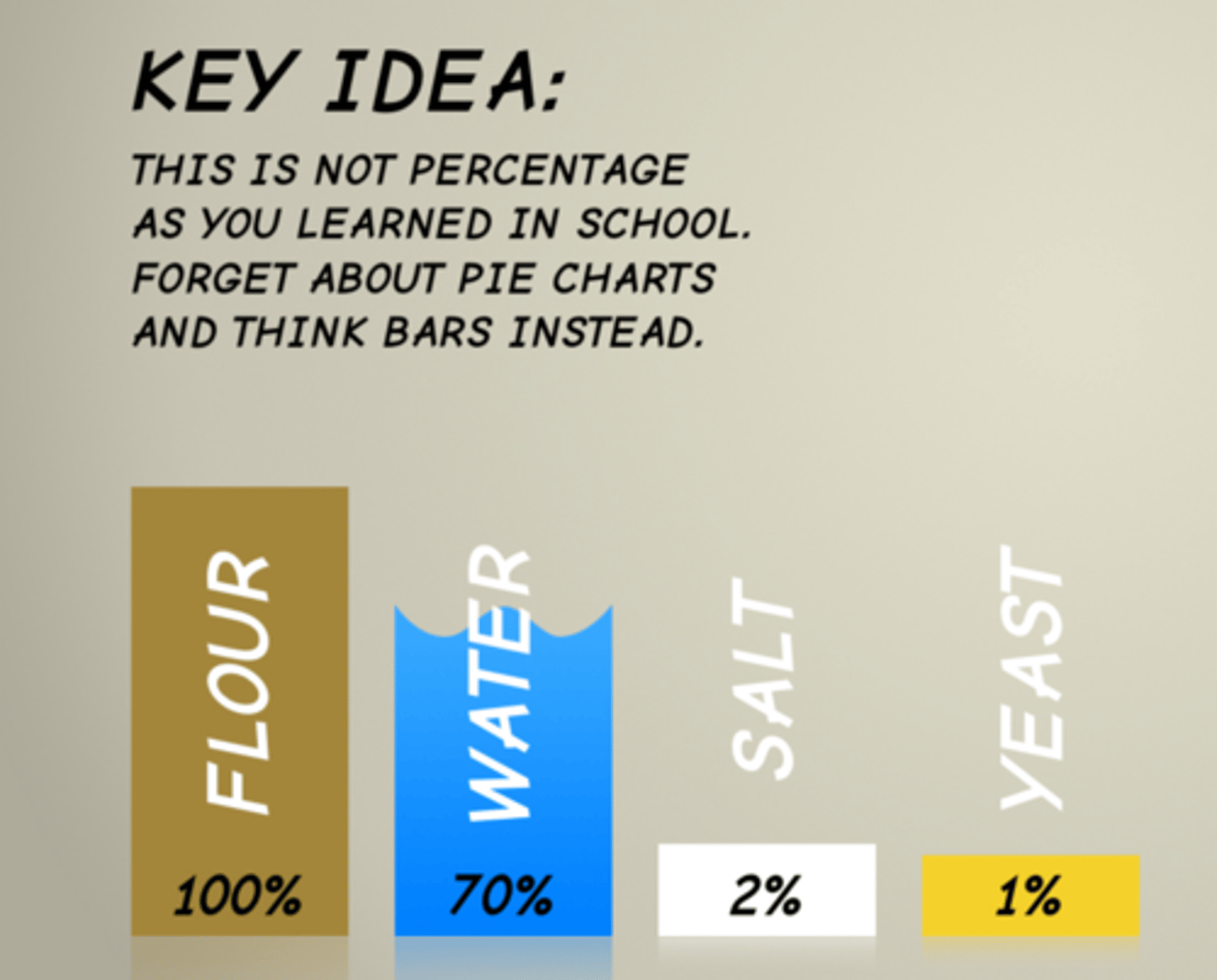
baking blind
Procedure for preparing a prebaked pie shell.
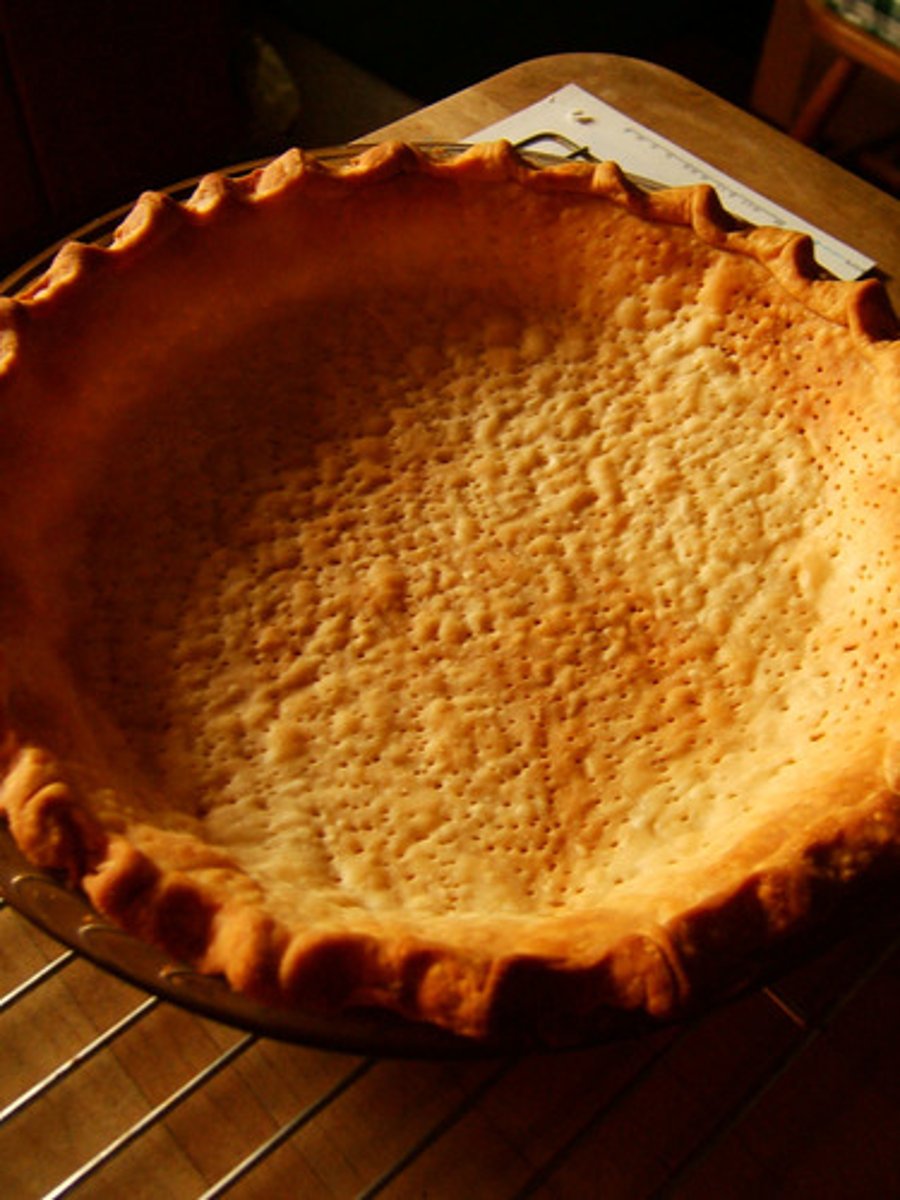
baking powder
Versatile leavener that is a mixture of baking soda and an acid with an inactive material, like starch.
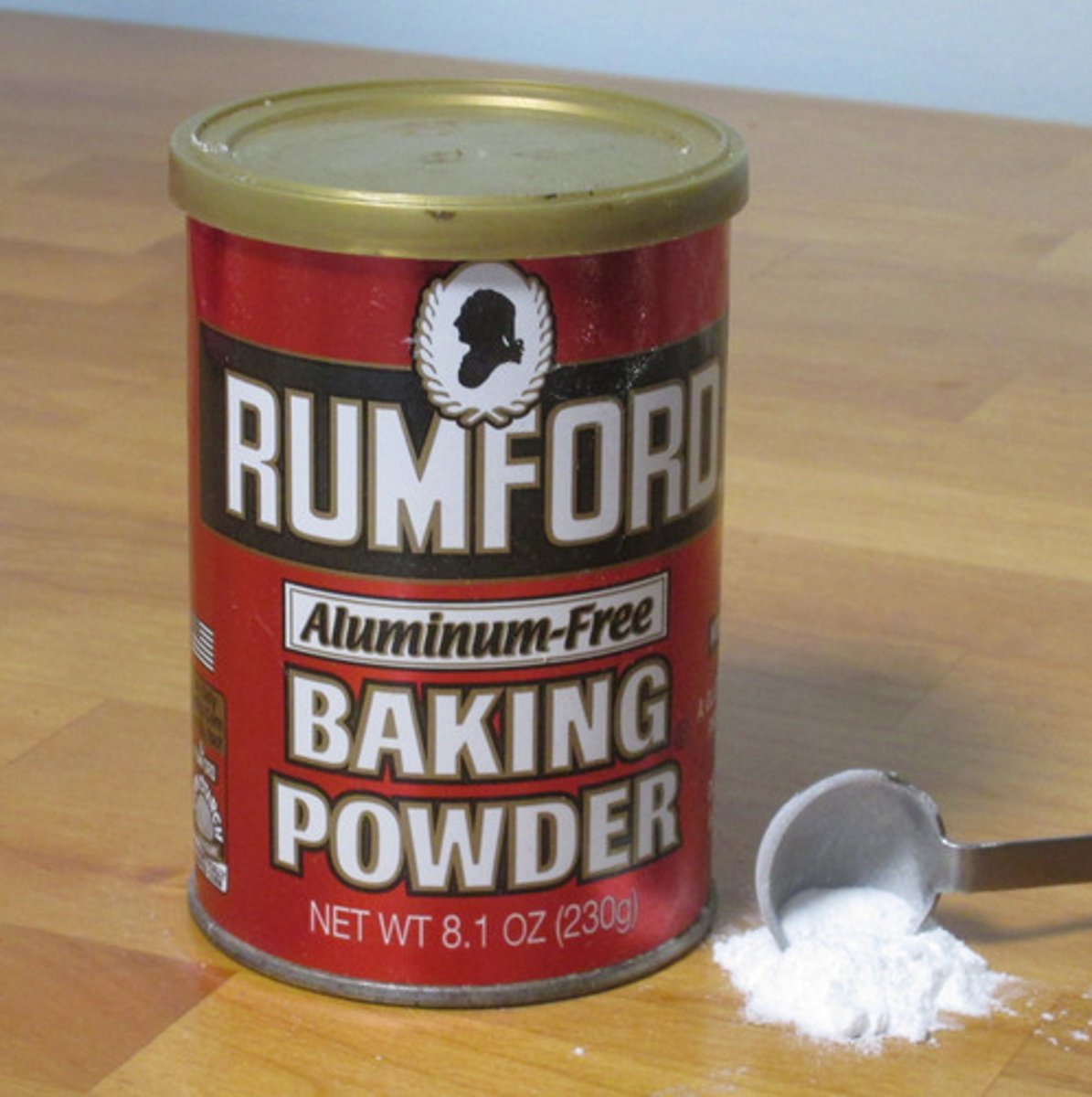
baking soda
Sodium bicarbonate; a chemical leavener that releases carbon dioxide gas when mixed with a liquid and an acid.

biscuit method
Instead of combining all the ingredients at once, rub or cut in the fat into the flour until the mixture is mealy or bumpy in appearance. This produces a stiff batter with a slightly chewier texture than that of more cake-like items.
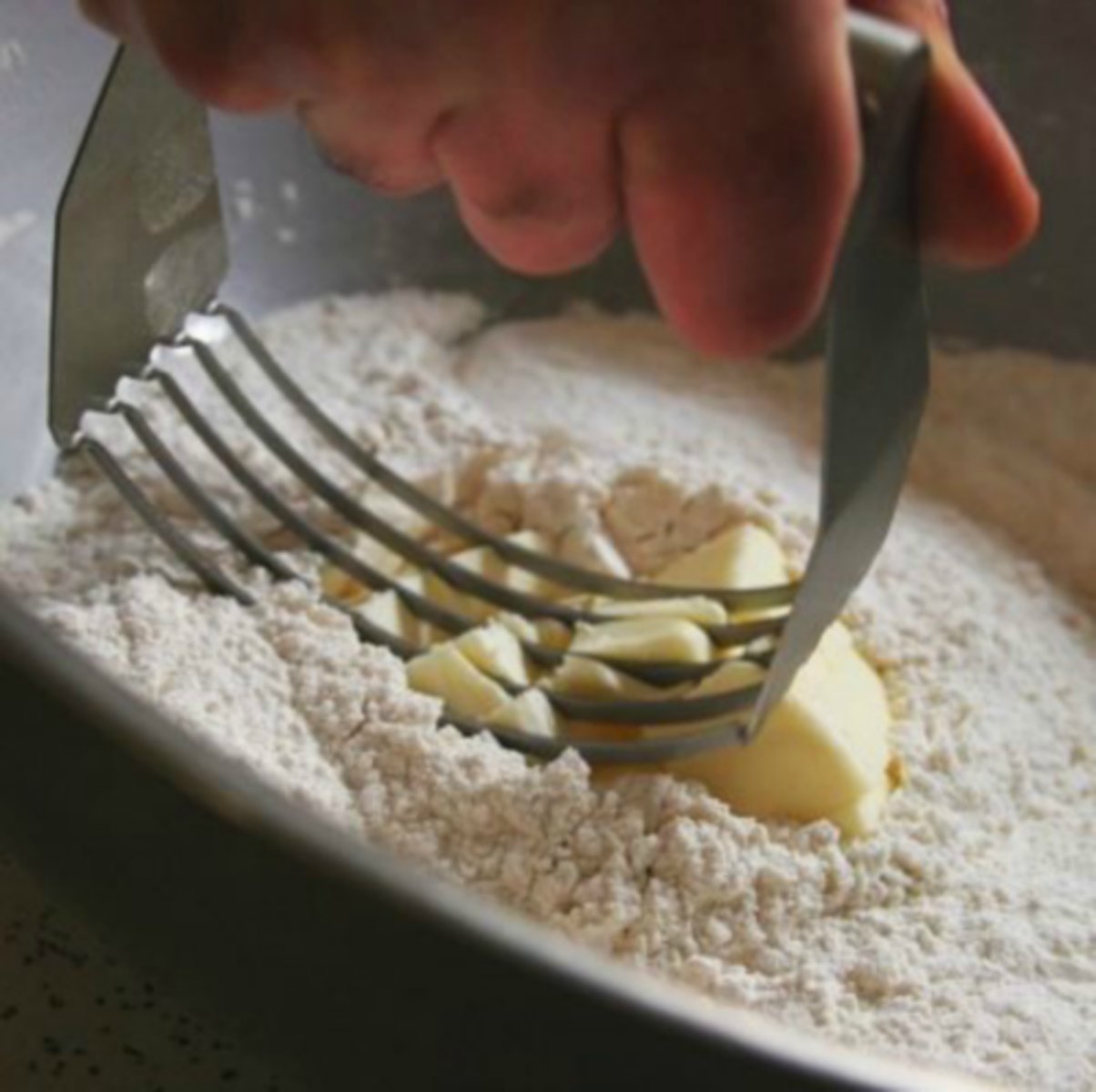
bloom
White coating that sometimes appears on the surface of the chocolate and indicates that some of the cocoa butter has melted and then recrystallized on the surface.

bread flour
Strong flour that is used for making breads, hard rolls, and any product that needs high gluten for a strong texture.

cake flour
Flour with a low gluten content; a very soft, smooth texture; and a pure white color.
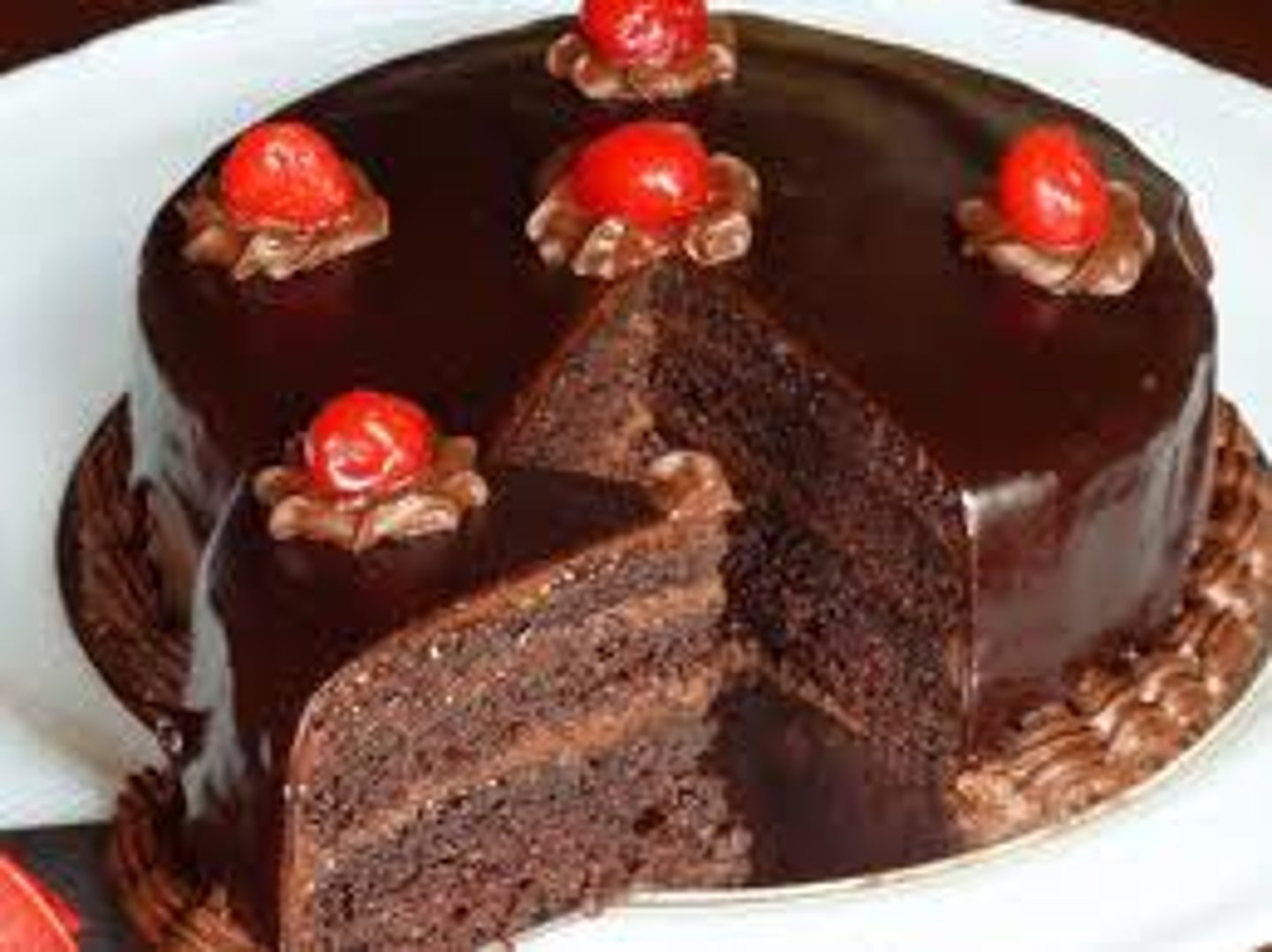
caramelization
Occurs whenever sugar is used as an ingredient in baked items; the heat causes the sugar to turn a light brown (caramel) color.

chocolate liquor
Cocoa beans crushed into a paste that is completely unsweetened.
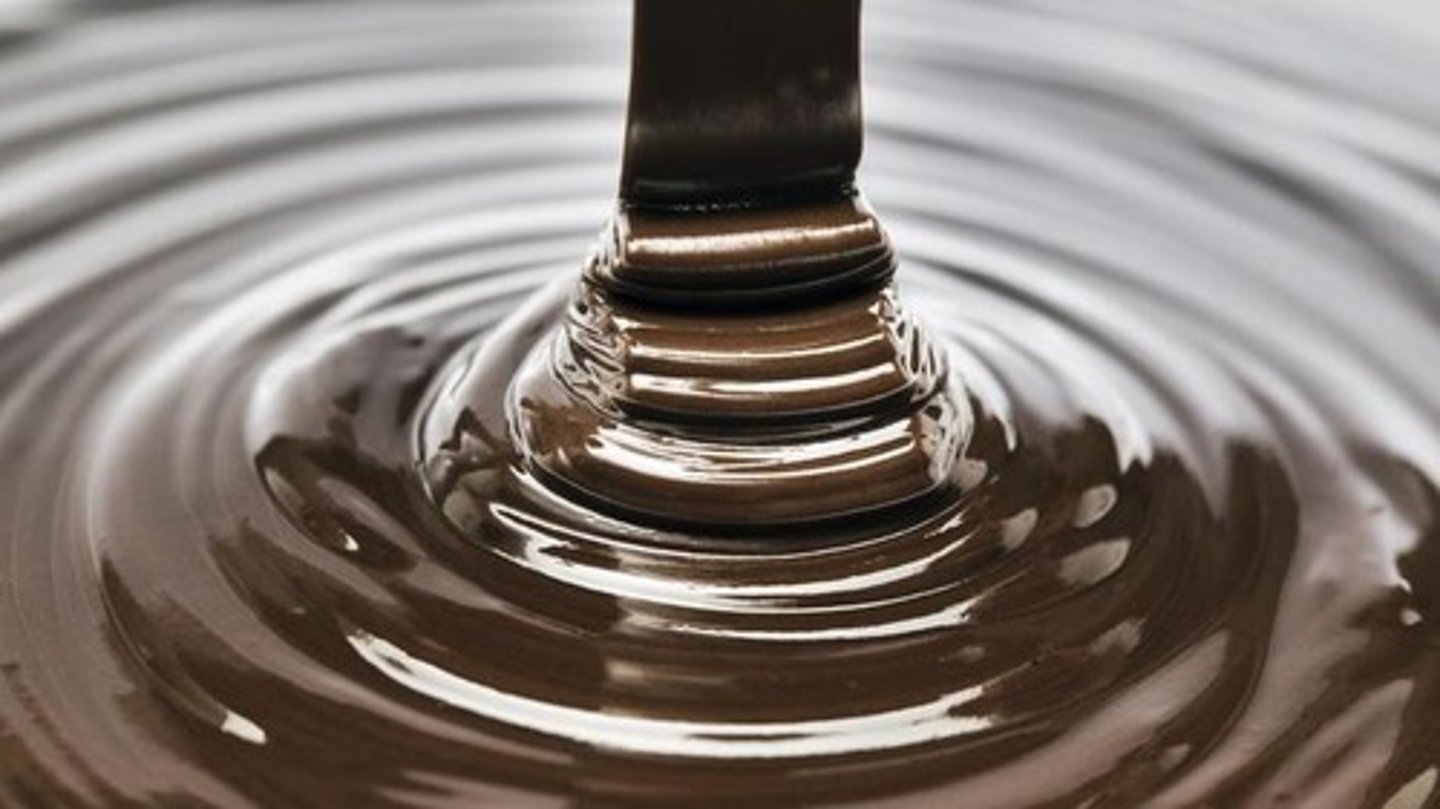
cocoa butter
Liquid from pressed cocoa liquor.
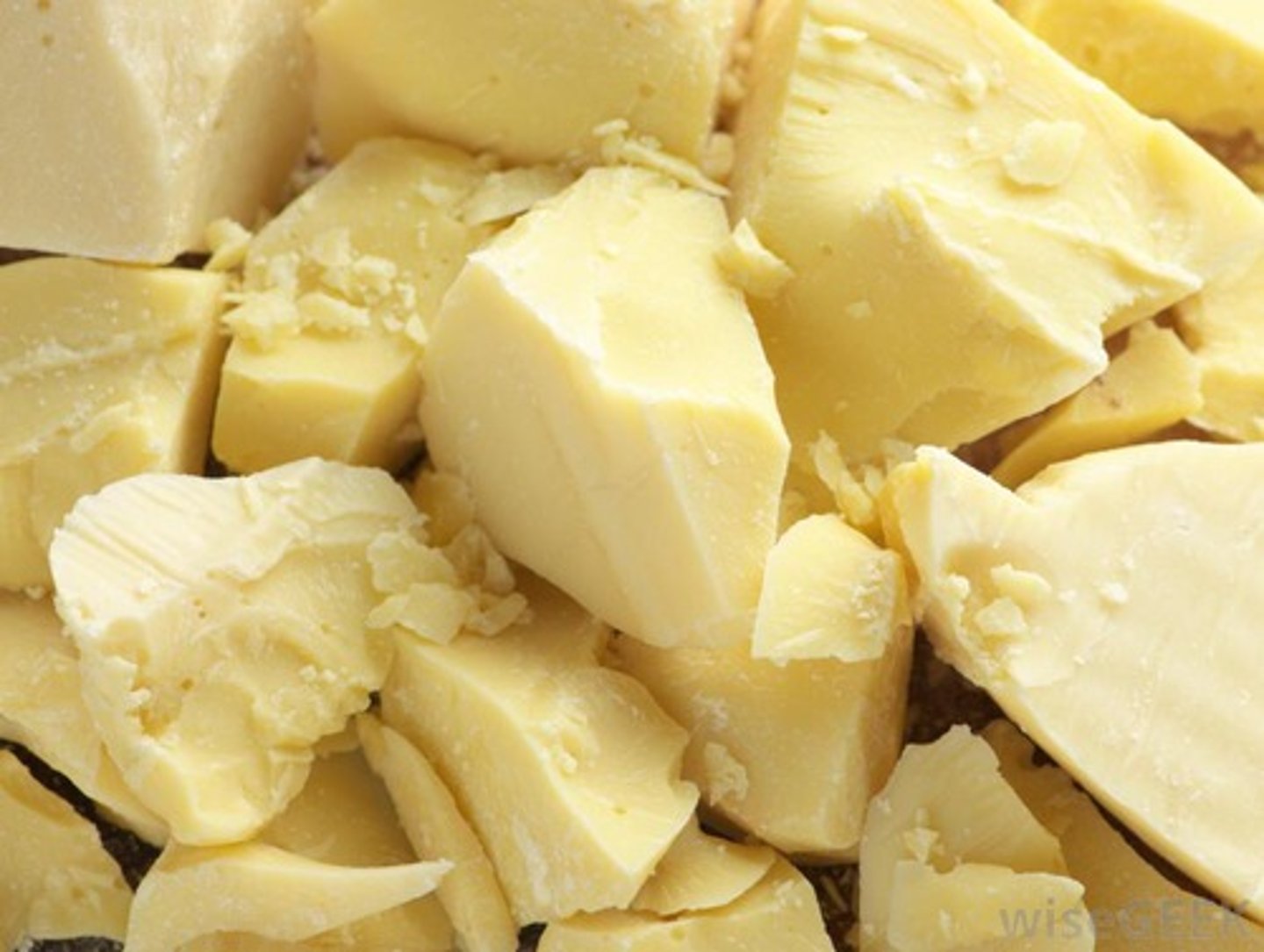
cocoa powder
Solid from pressed cocoa liquor that is ground down.
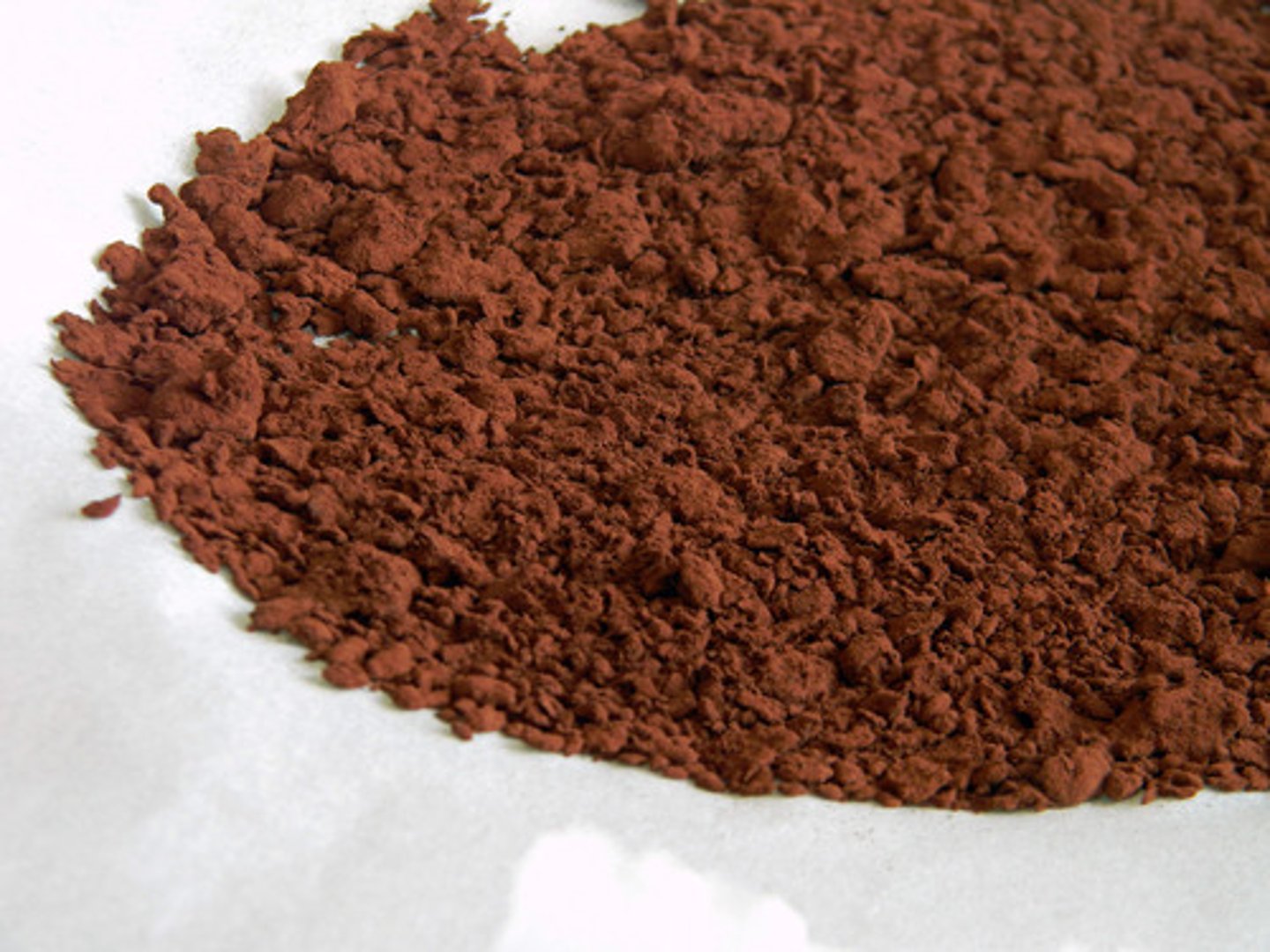
creaming method
(1) Beating fat and sugar together in order to introduce air into a batter as a leavener; (2) Process of mixing the fat and sugar together to produce a very fine crumb and a dense, rich texture.
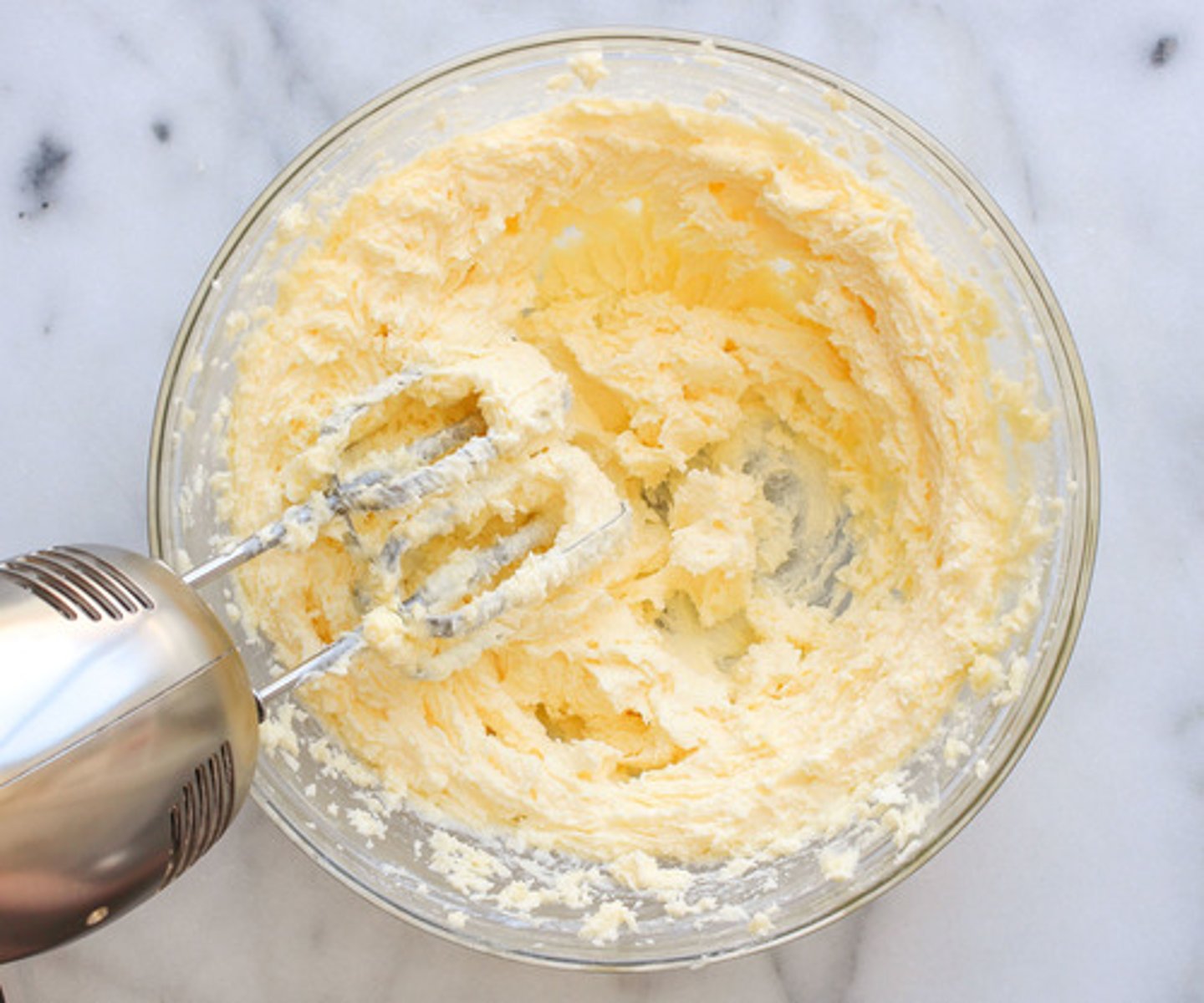
curdle
Lumps that develop when exposed to too much heat.

dock (or pierce)
To pierce a pie crust in several places with a fork.
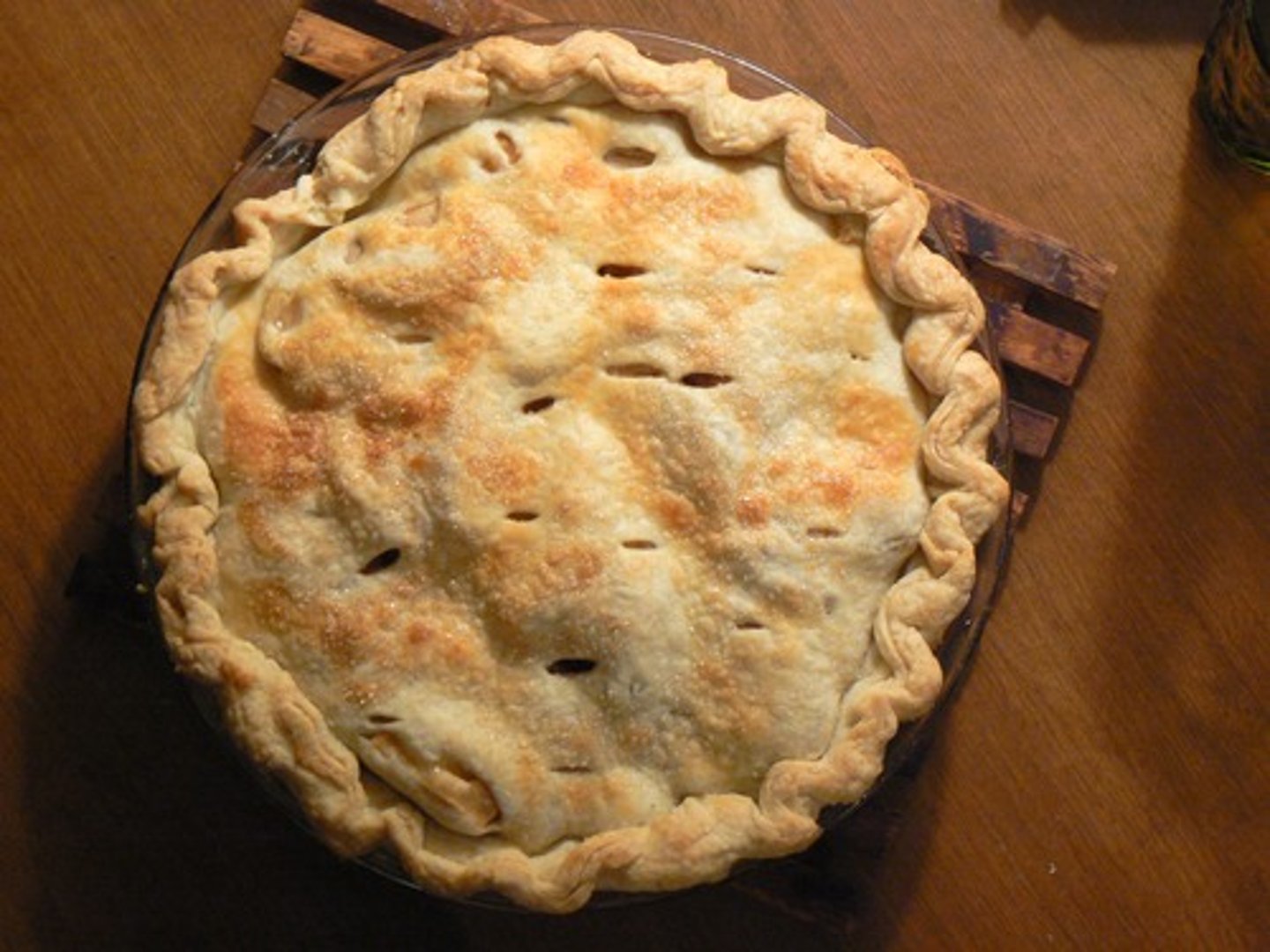
double boiler
Stainless-steel bowl over water simmering on very low heat.

durum flour
Hard wheat flour used to make breads; its gluten content is a little higher than that of typical bread flour.
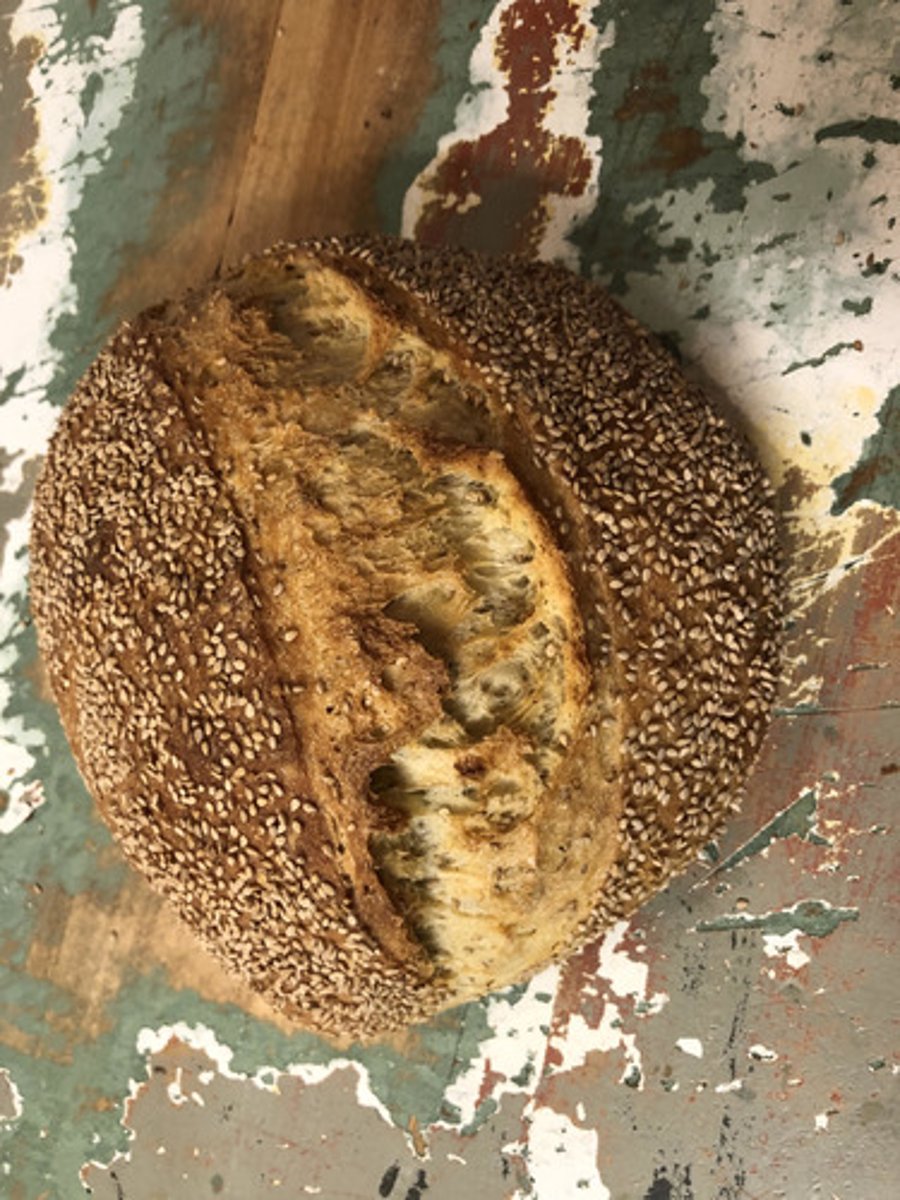
extracts
Flavorful oils taken from such foods as vanilla, lemon, and almond.
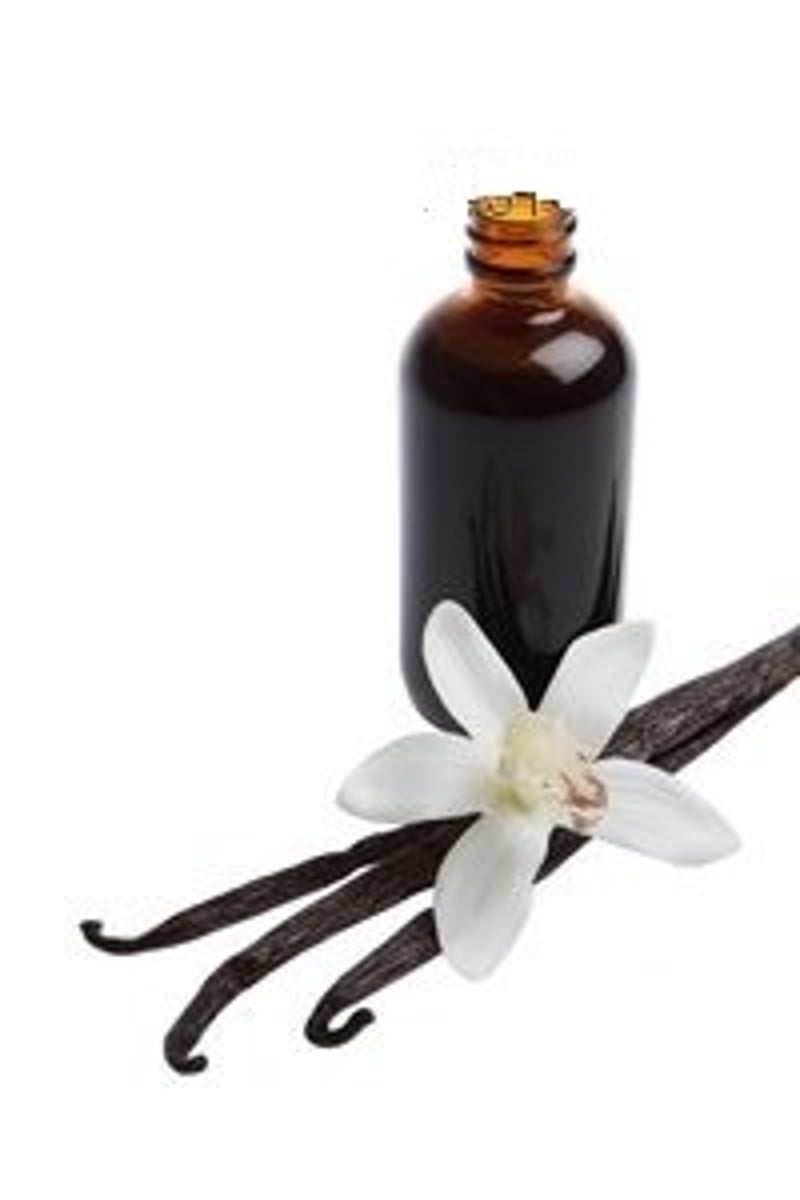
ferments
Producing carbon dioxide gas and alcohol.

flavorings
Cocoa, spices, salt, extracts, and so on that affect a baked item's taste and color.
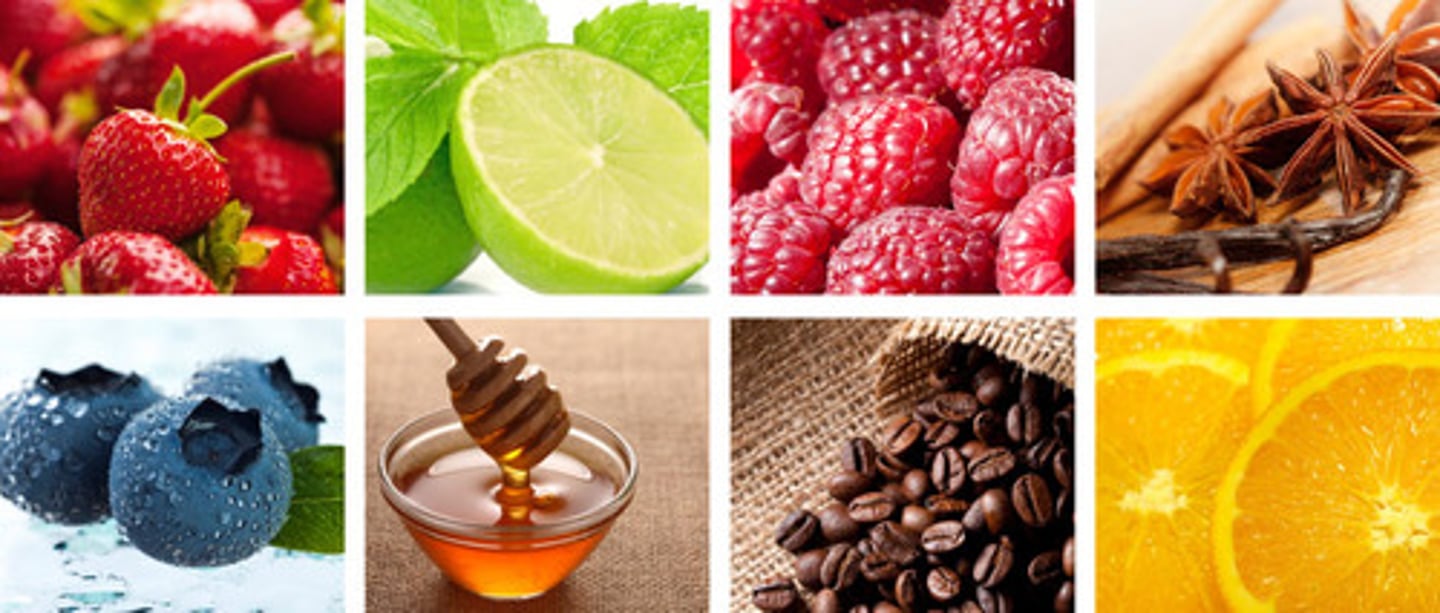
foaming method
(1) Beating eggs, with or without sugar, in order to introduce air into a batter as a leavener; (2) Creating a foam of whole eggs, yolks, or whites provides the structure for the cake. This is used to make cakes with the lightest texture, such as angel food and chiffon cakes.

formulas
Standardized recipes for bakery products.
gluten (GLOO-ten)
Protein found in flour.
high-ratio cake
Cake that contains more sugar than flour in the recipe.
icings
Also called frostings, icings are sweet coatings for cakes and other baked goods.
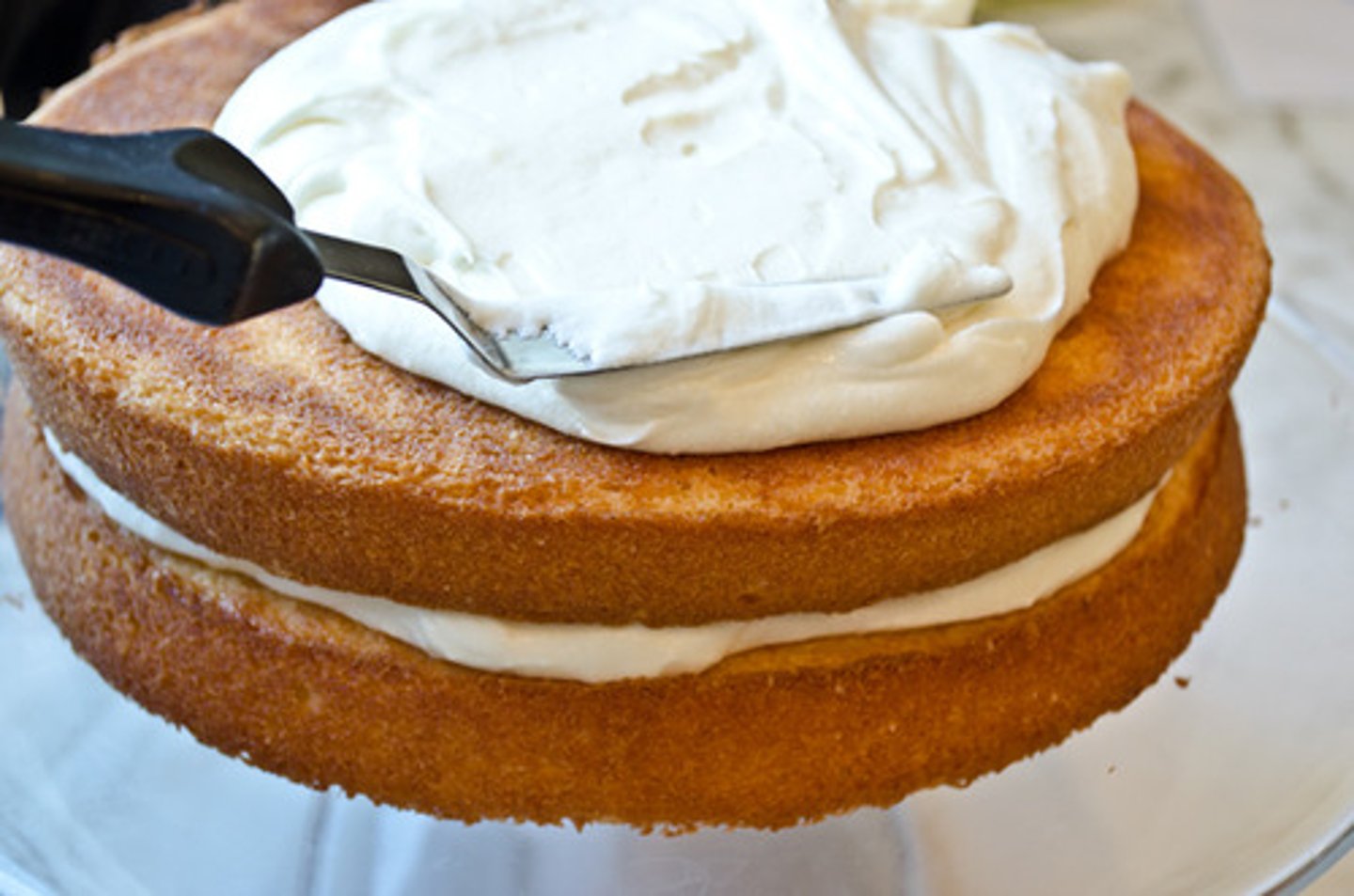
kneading (NEED-ing)
Manipulating dough to develop the gluten and give the dough the stretch and give it needs to develop the proper texture.
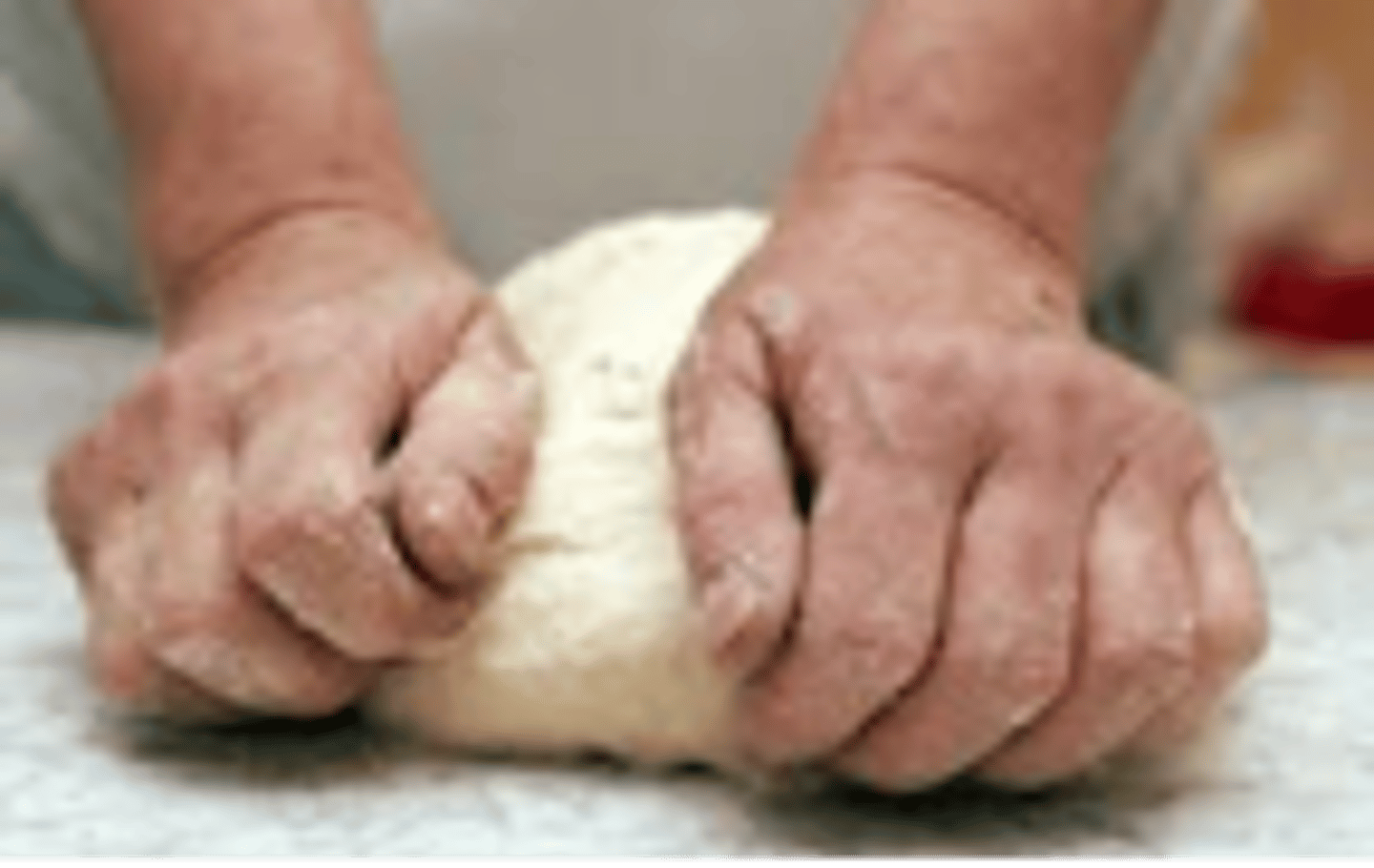
lean doughs
Made with flour, yeast, water, and salt; they have very little or no sugar or fat.
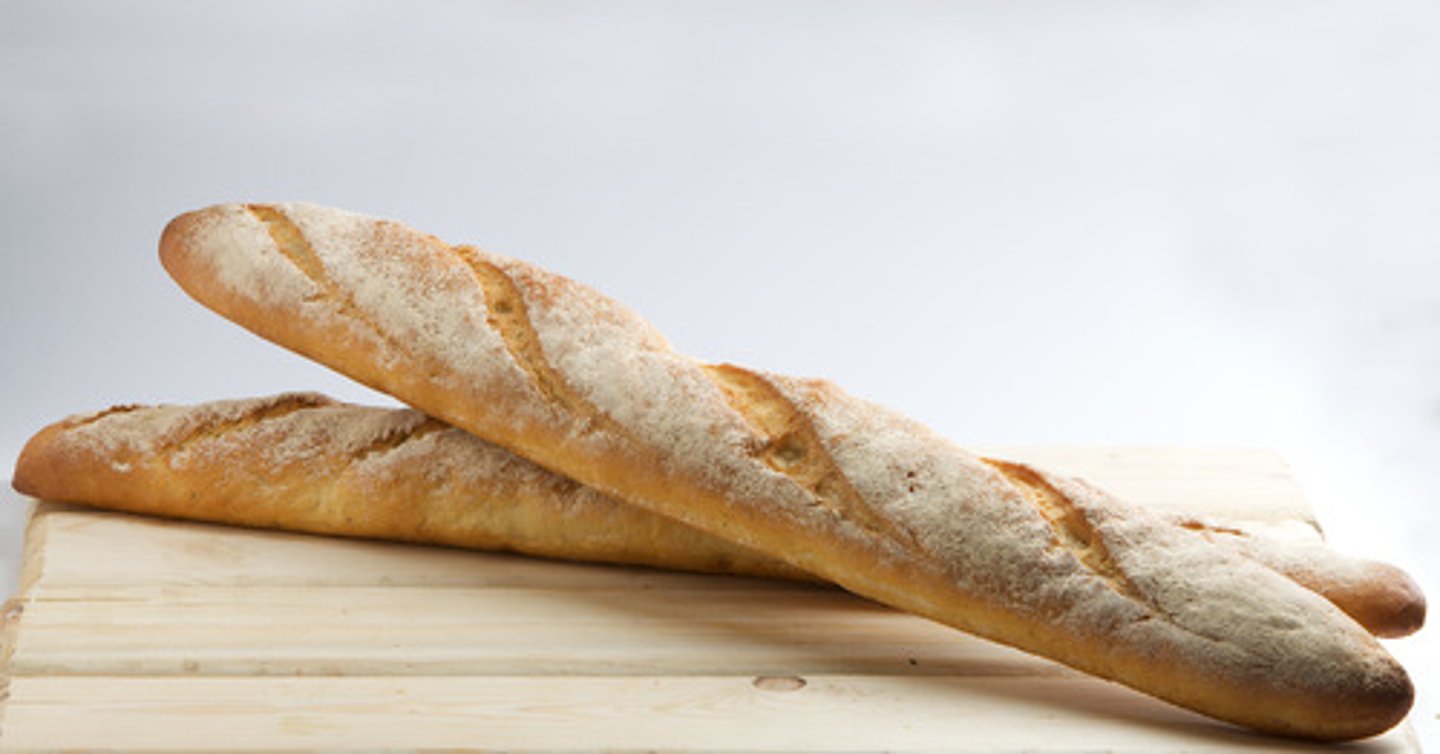
leaveners
Necessary in baking; they allow the dough or batter to rise.
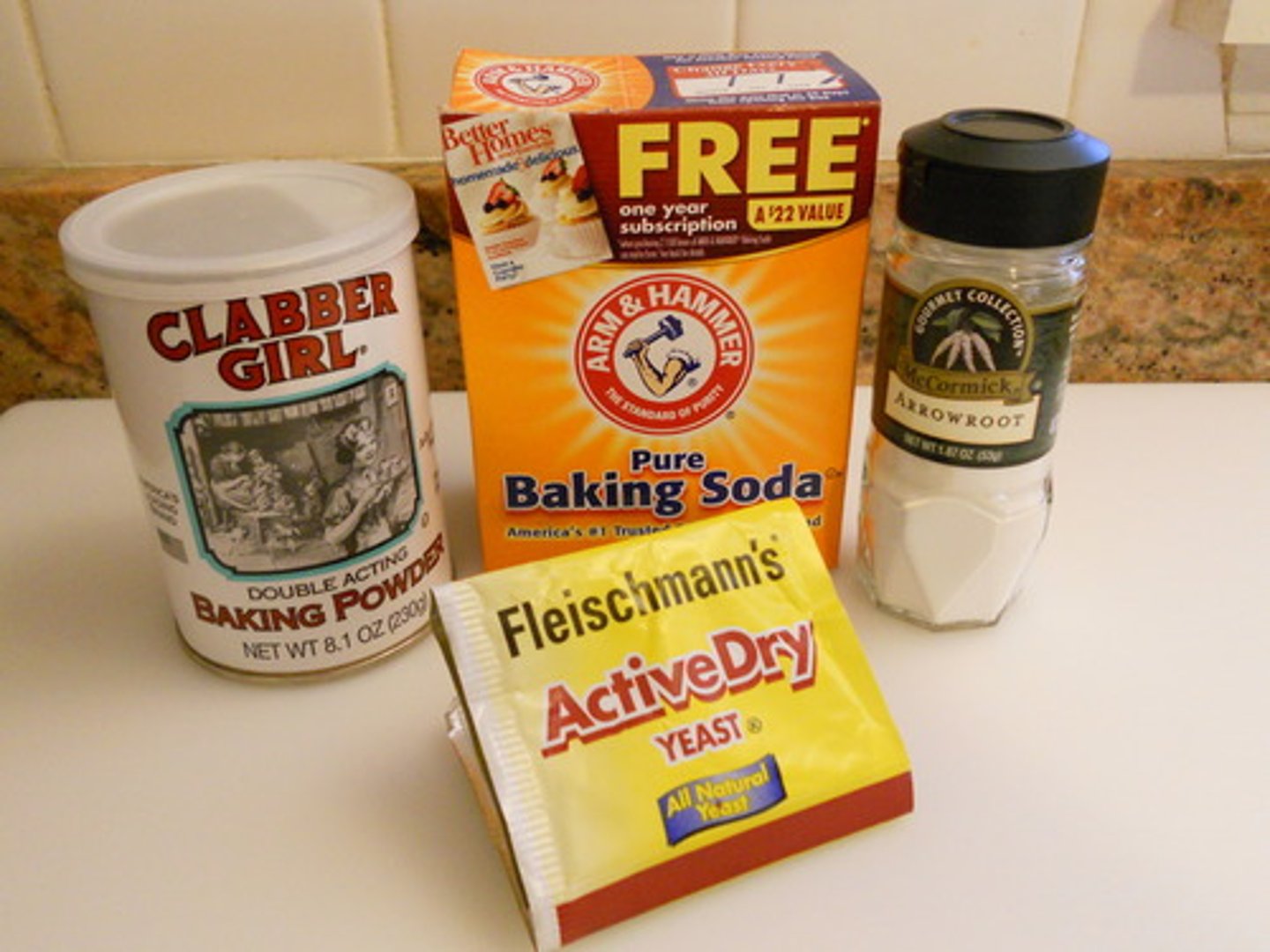
liquids
One of the most important elements used in baking; the liquid used in baking can be water, milk, cream, molasses, honey, or butter.
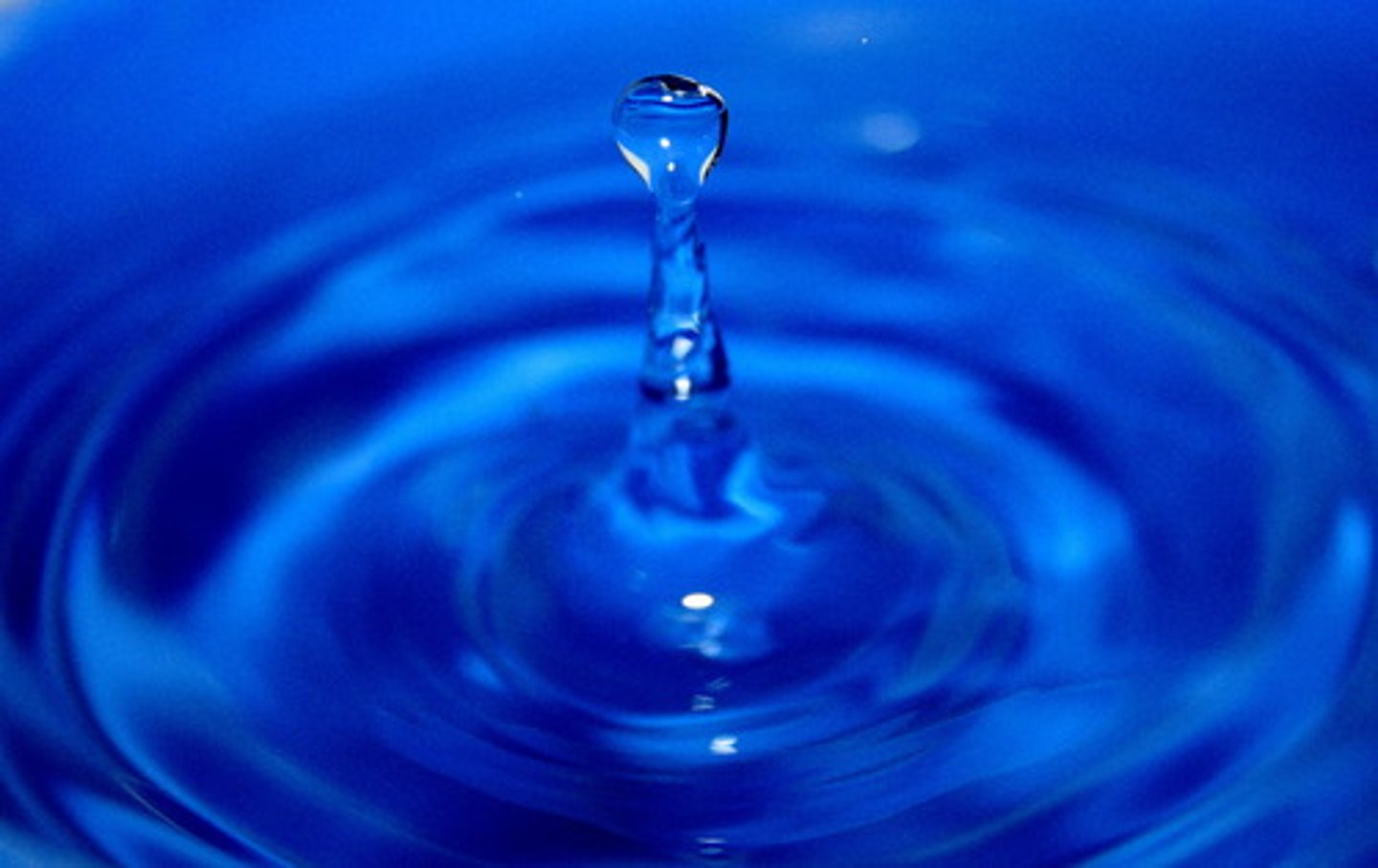
nibs
Small pieces of cocoa beans that are the basis of all cocoa products.

pastry flour
Flour that is not as strong as bread flour and not as delicate as cake flour.
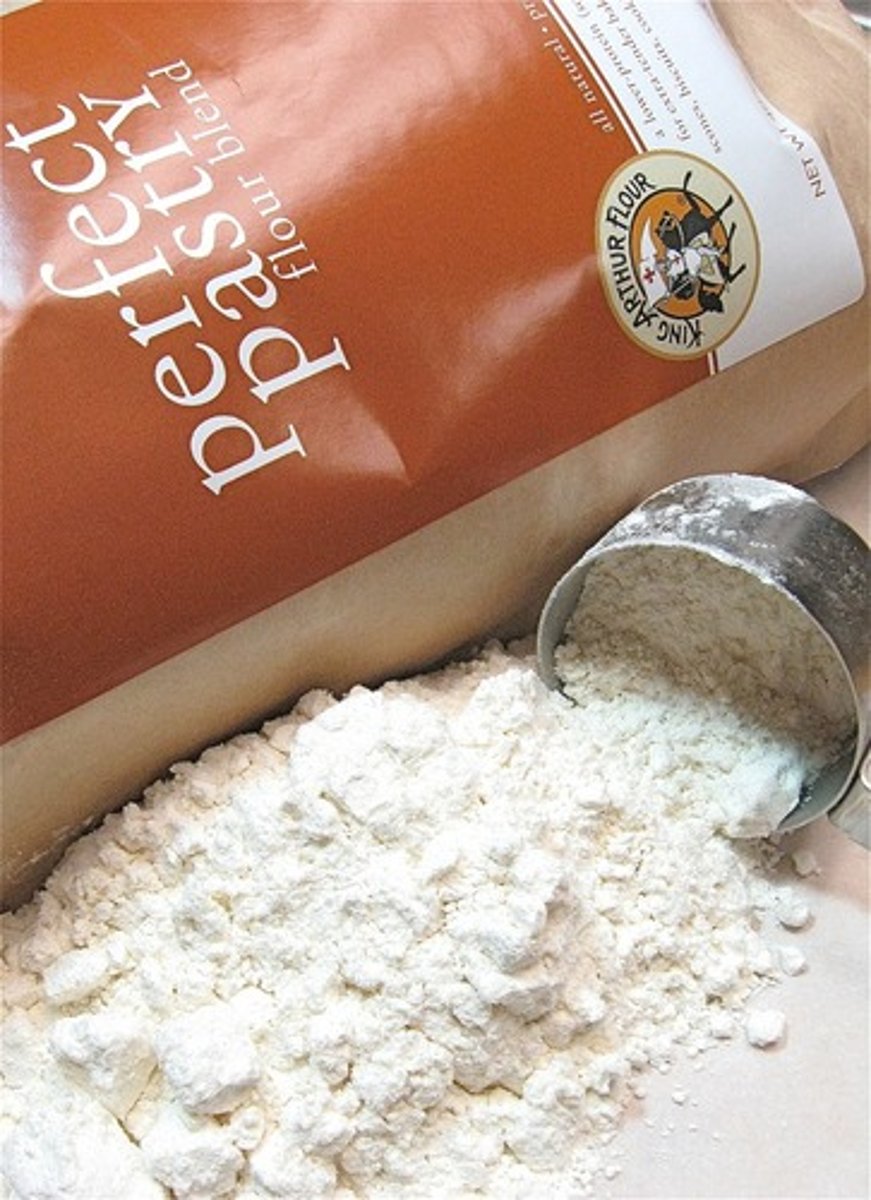
phyllo (FEE-low)
Dough used to prepare baklava.
physical leaveners
Introducing air into a batter to leaven a baked item.
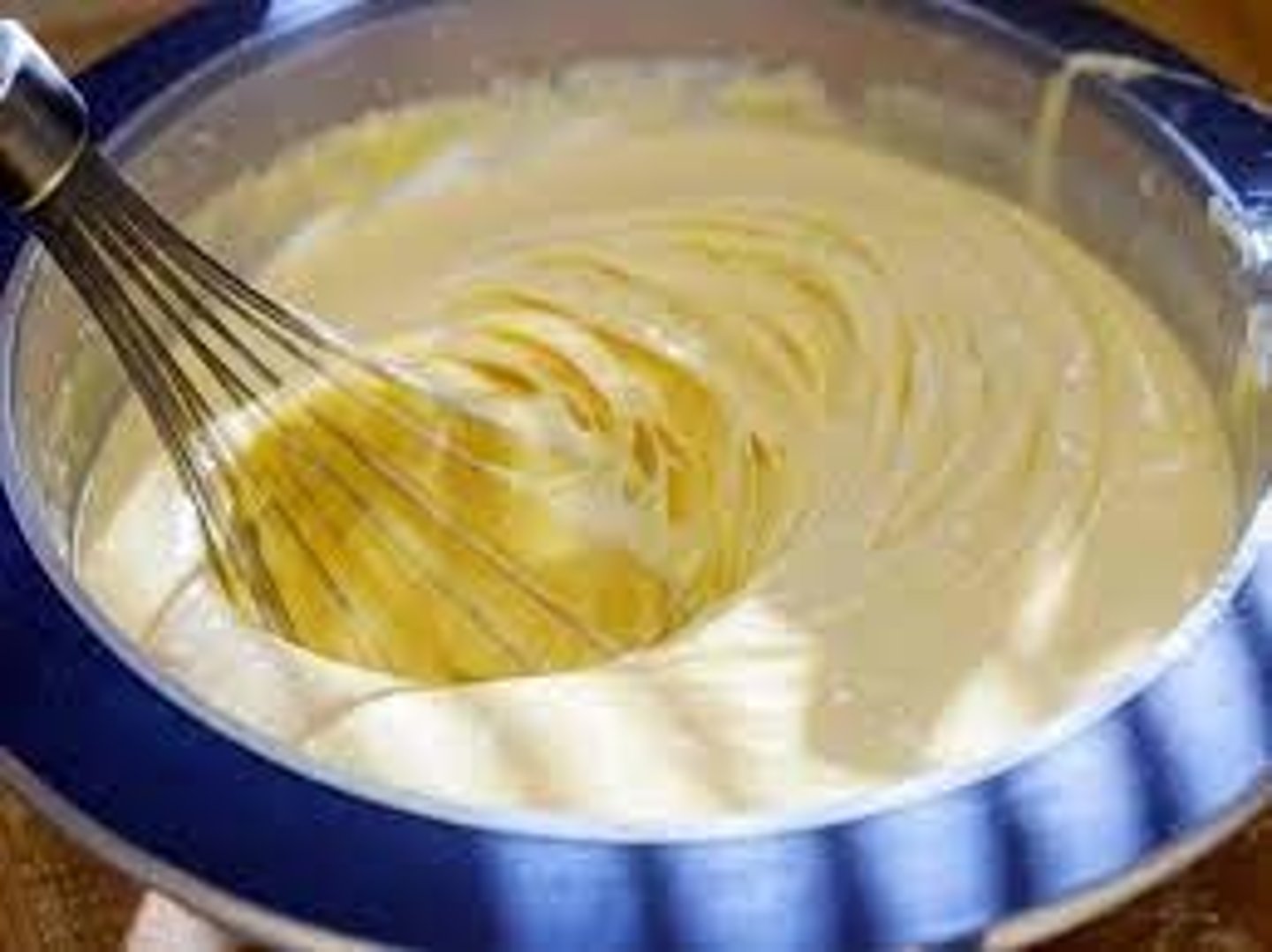
proof
To allow dough to rise a second time.
puff pastry
Elegant product also called pâte feuilletée; (feuilletée means squares) that can be used in both sweet and savory applications.
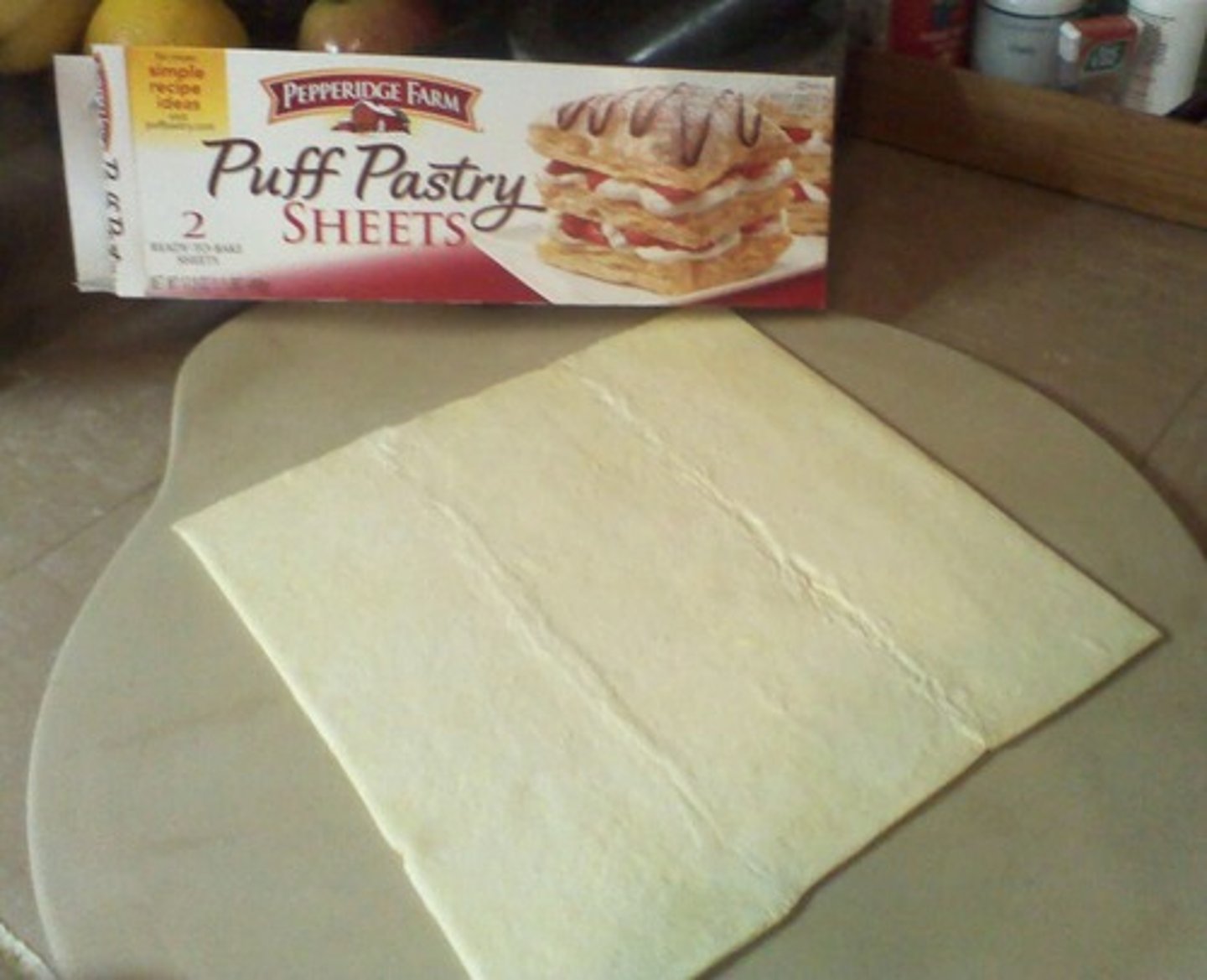
pushing up
When carbon dioxide gas gets trapped in the gluten during fermentation.
quick breads
Popular snack and dessert item that is usually easy and quick to make. Quick breads use chemical leaveners rather than organic ones and, therefore, don't require a rising period.

rich doughs
Made with the addition of shortening or tenderizing ingredients such as sugars, syrups, butter, eggs, milk, and cream.
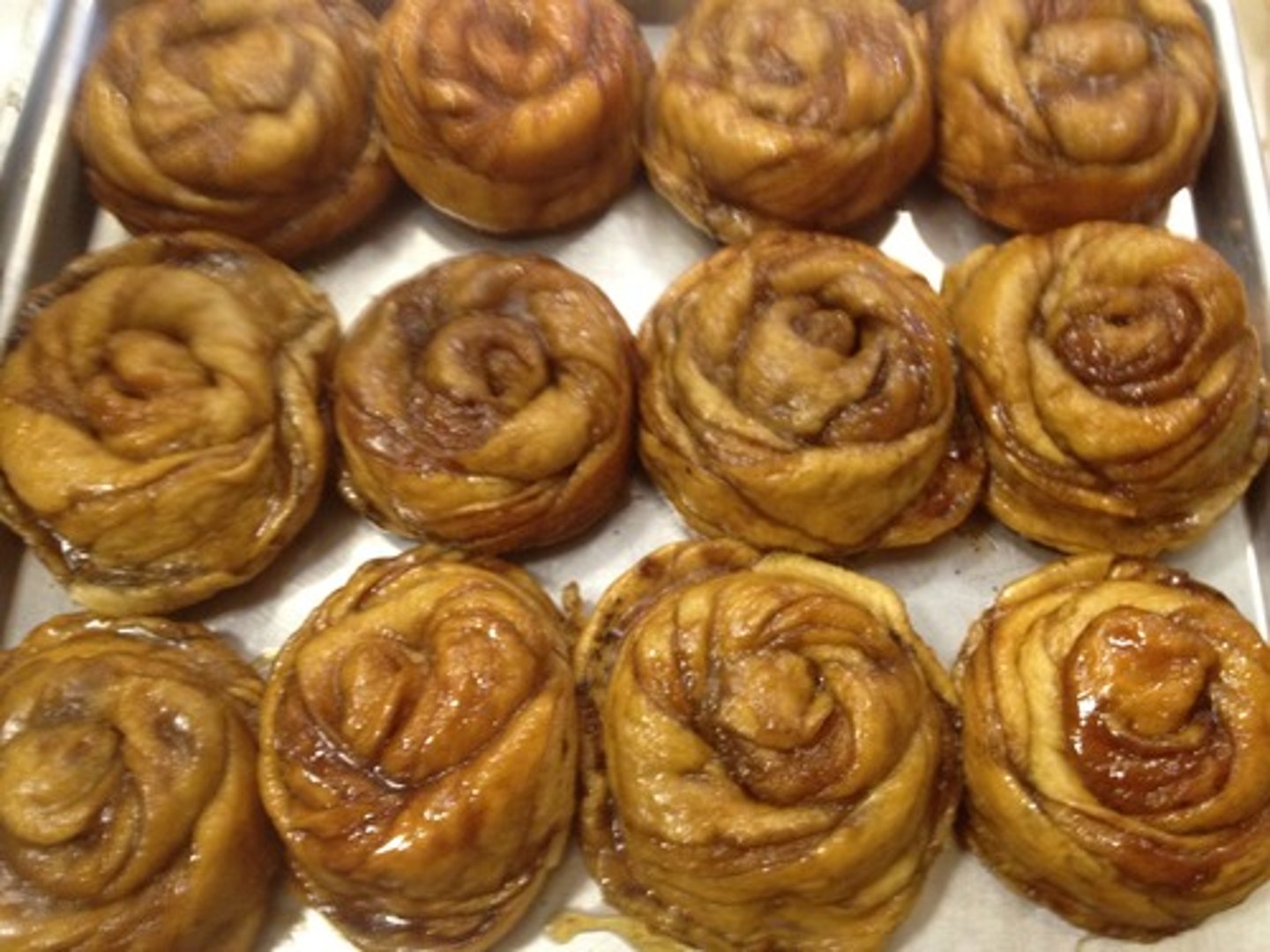
roll-in dough
This method (also called laminated dough) is used to make Danish, croissant, and puff pastry.
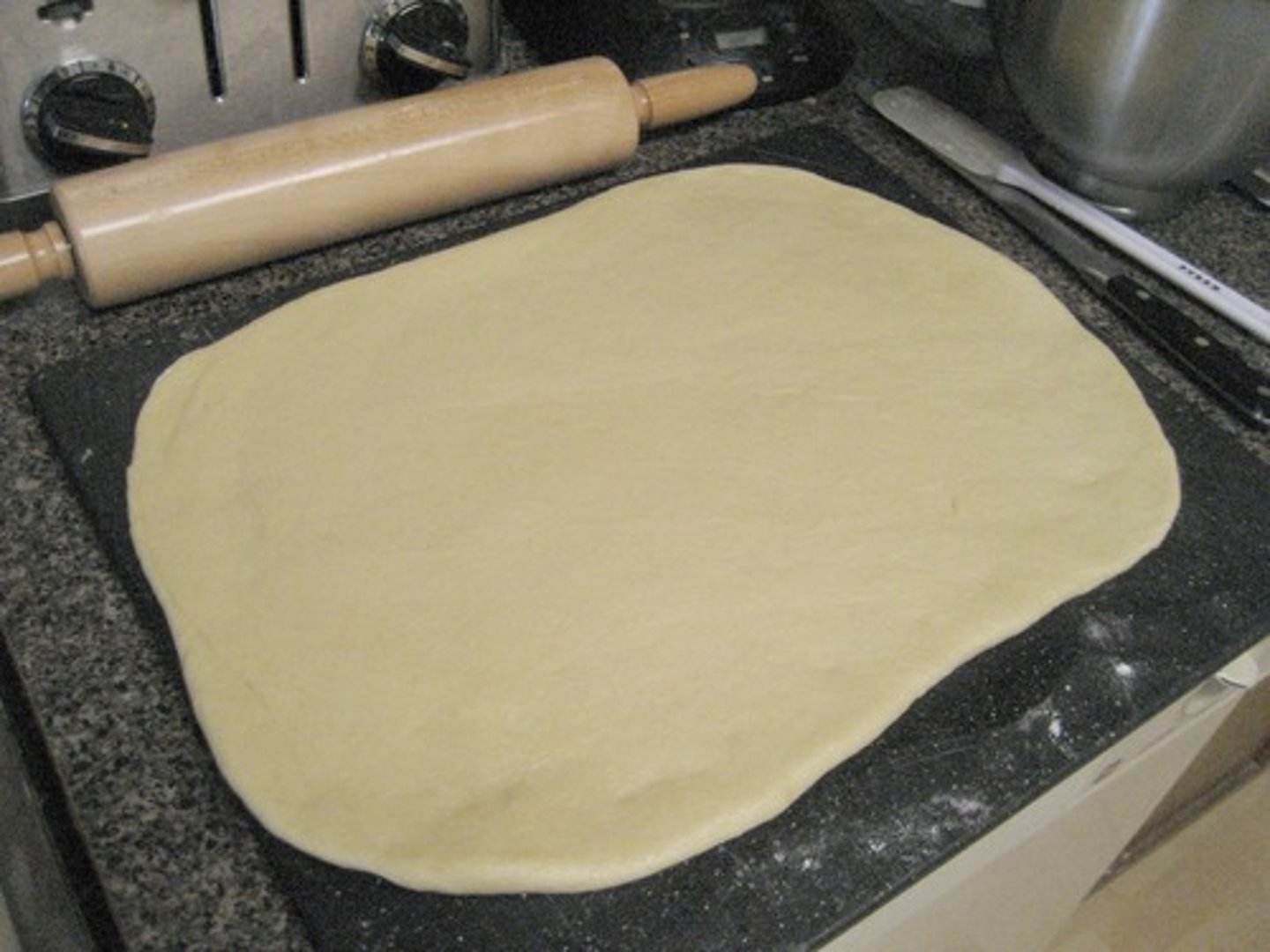
semolina flour
Type of durum flour, but it is more coarsely ground than the flour used to make most breads. It has a fine texture with a high gluten content and is primarily used to make pastas and certain Italian pastries.
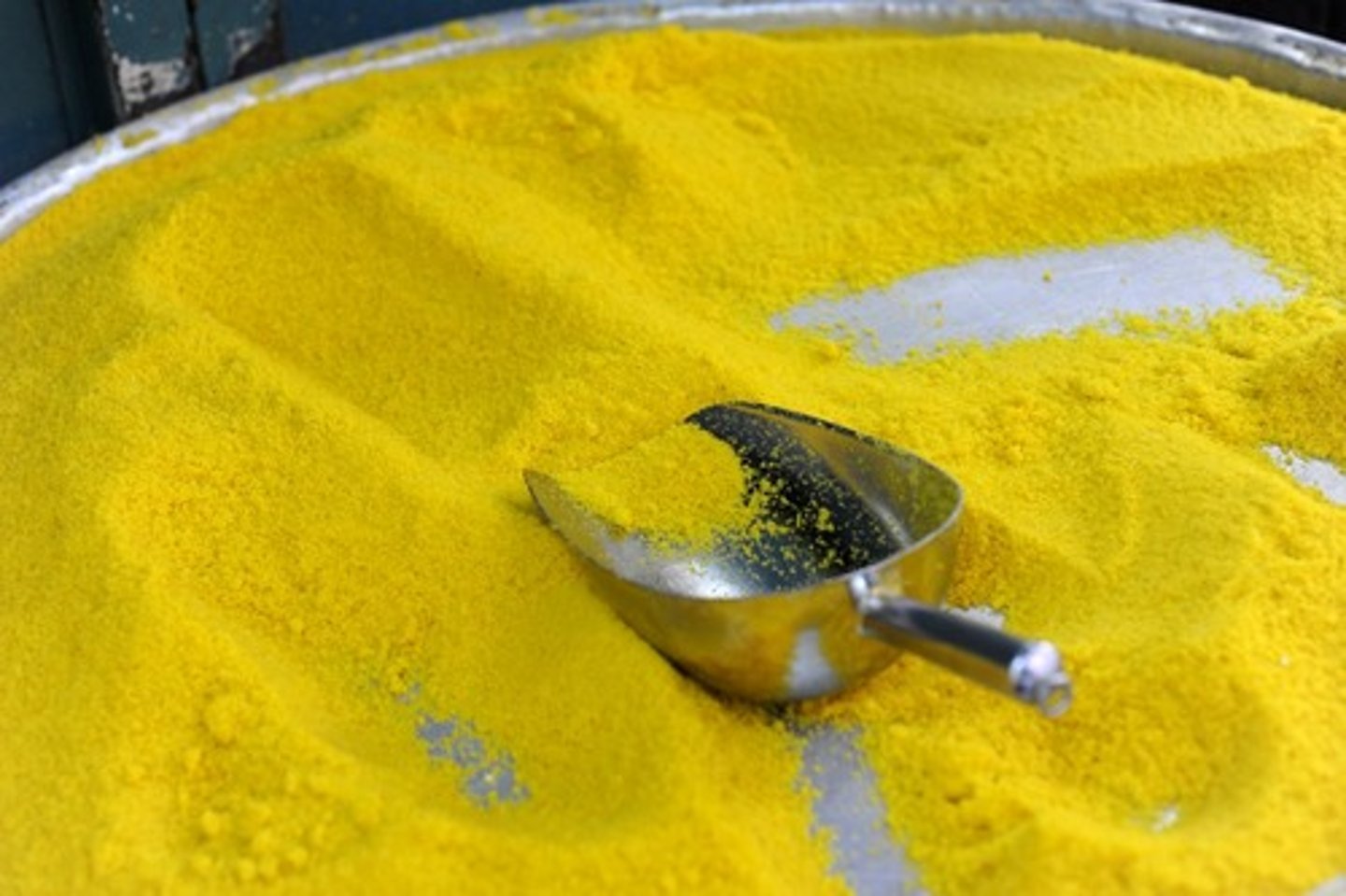
shortenings
Any fat, such as oil or butter, that acts as a shortening in baking.
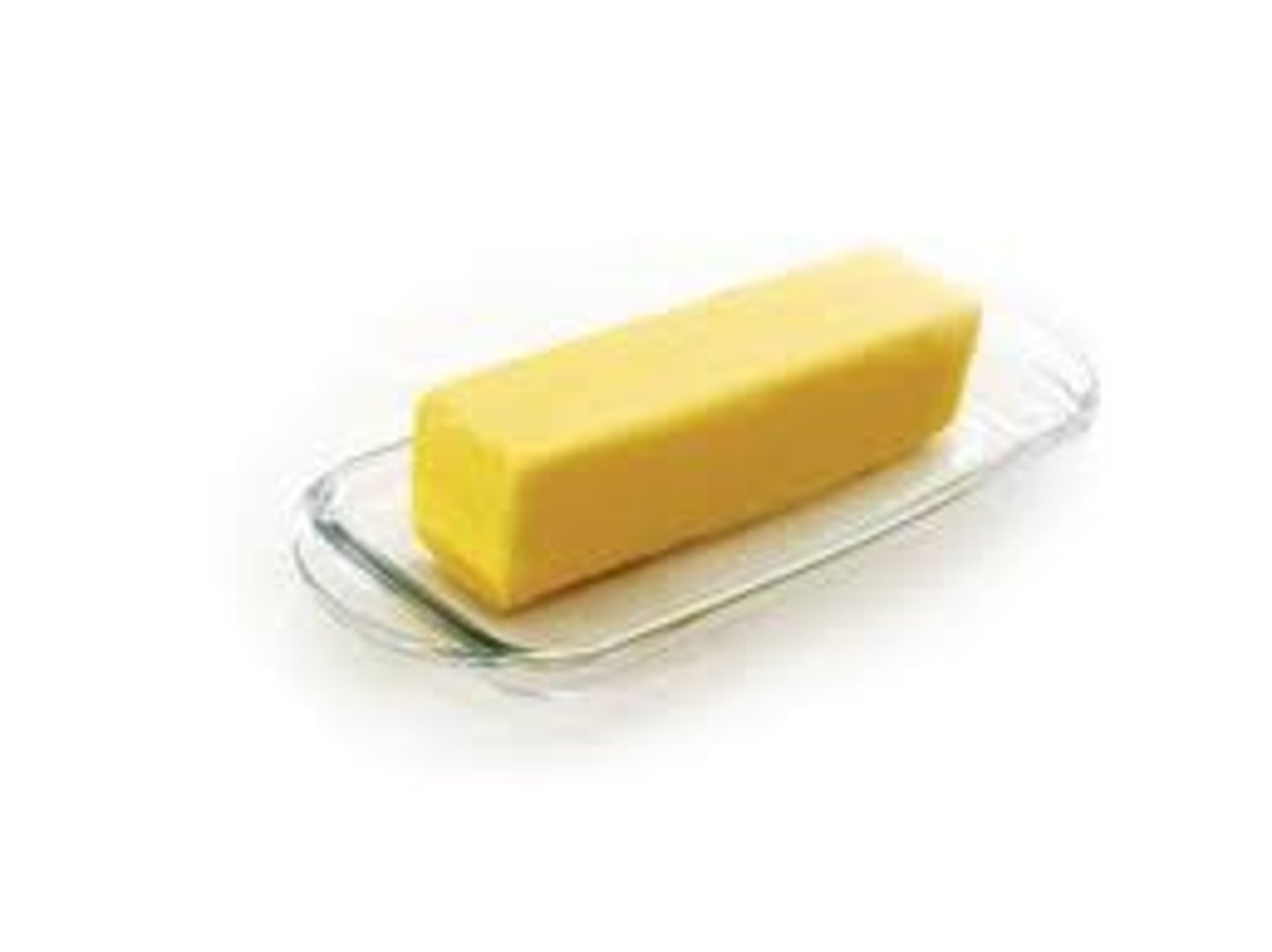
sifting
Adds air to flour, cocoa, and confectioner's sugar;, removes lumps, and filters out any impurities.
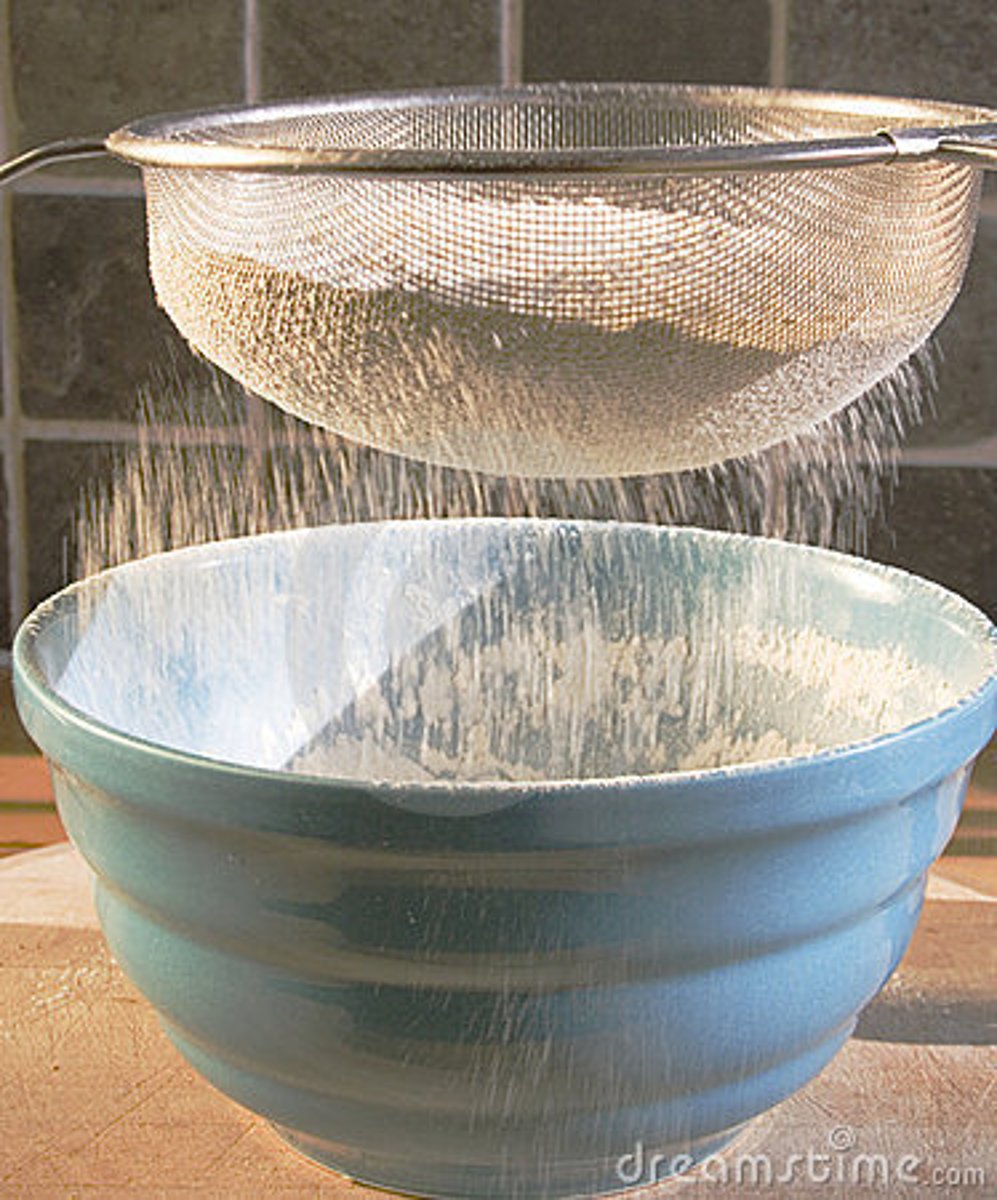
sourdough
Type of bread made with yeast batter and leavened with a starter.

sponge method
Used to mix yeast doughs. The first stage of this method involves mixing the yeast, half of the liquid, and half of the flour to make a thick batter called a sponge. After the sponge rises and doubles its size, the remaining fat, liquid, salt, sugar, and flour are added.

starter
Mixture of water, yeast, and all-purpose flour that has been fermented until it has a sour smell (usually overnight).
straight-dough method
Also called the straight-mix method; this method can be used for all types of doughs-lean, rich, and sponge. The baker can combine all ingredients at the same time, or he or she might mix the yeast with warm water first.

strengtheners
Provide stability and ensure that a baked item doesn't collapse when it is removed from the oven.
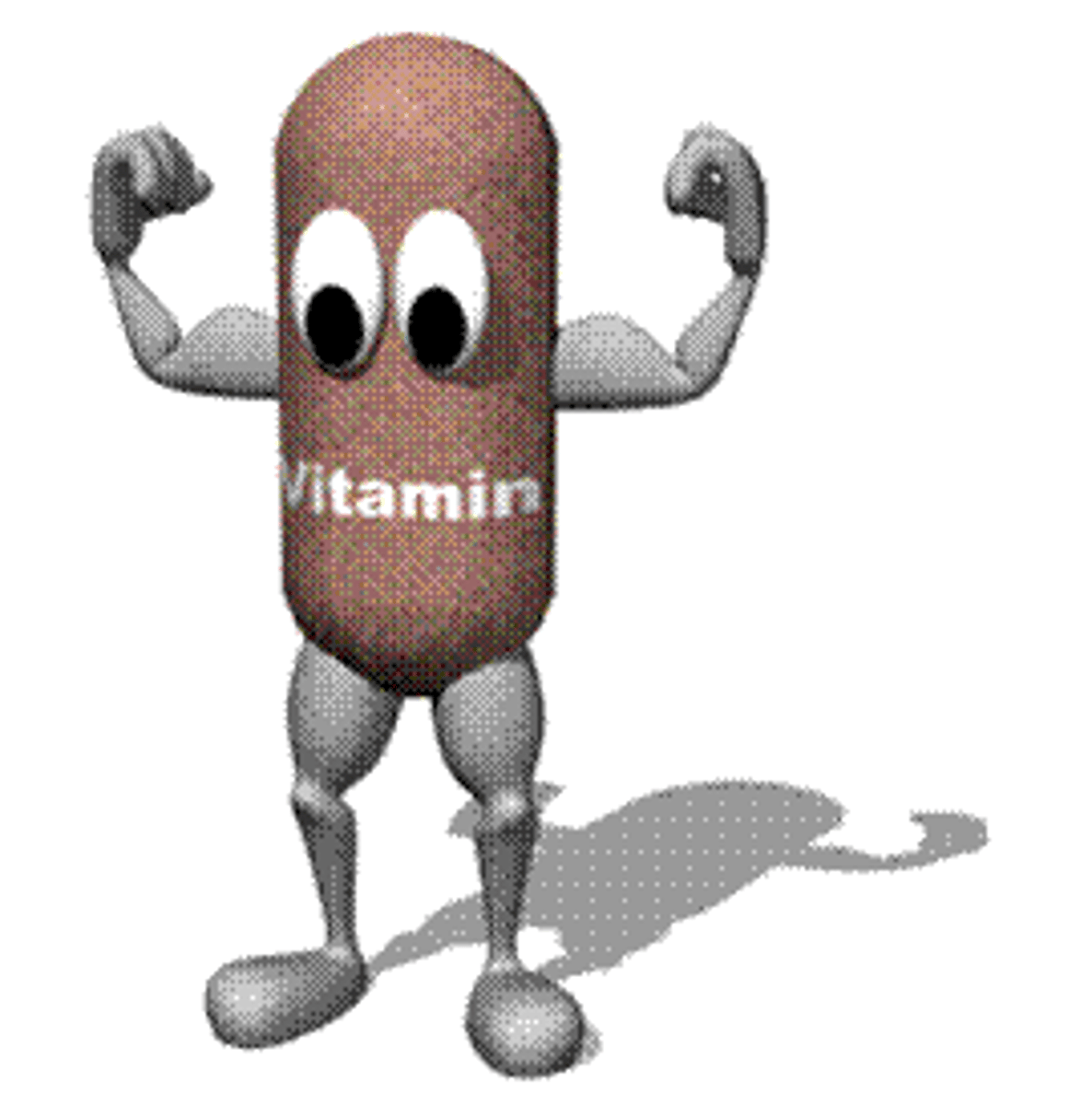
sweeteners
Refined sugars, sugar syrups, molasses, brown sugar, corn syrup, honey, and malt syrup.
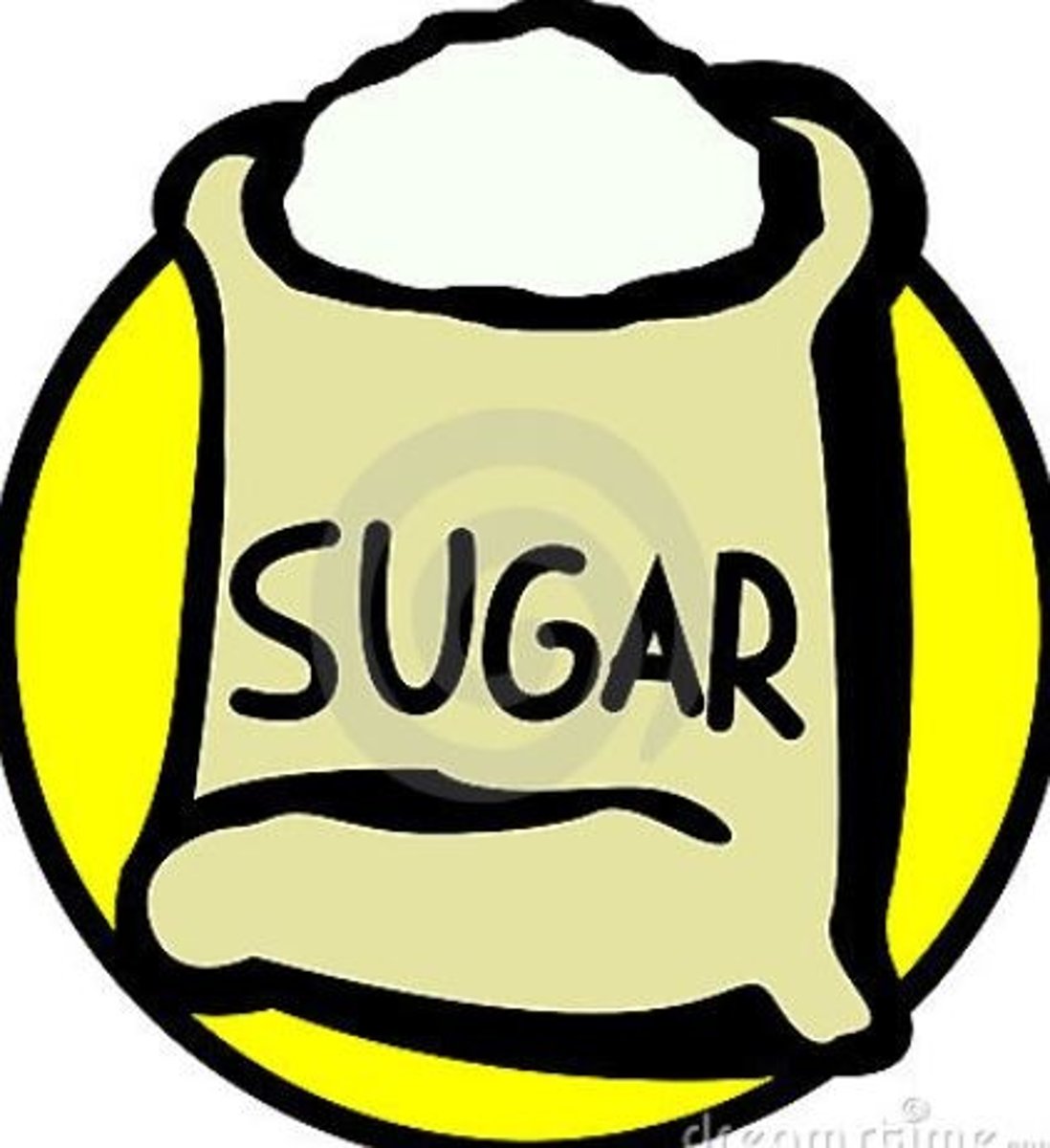
tempering
Melting by heating it gently and gradually.
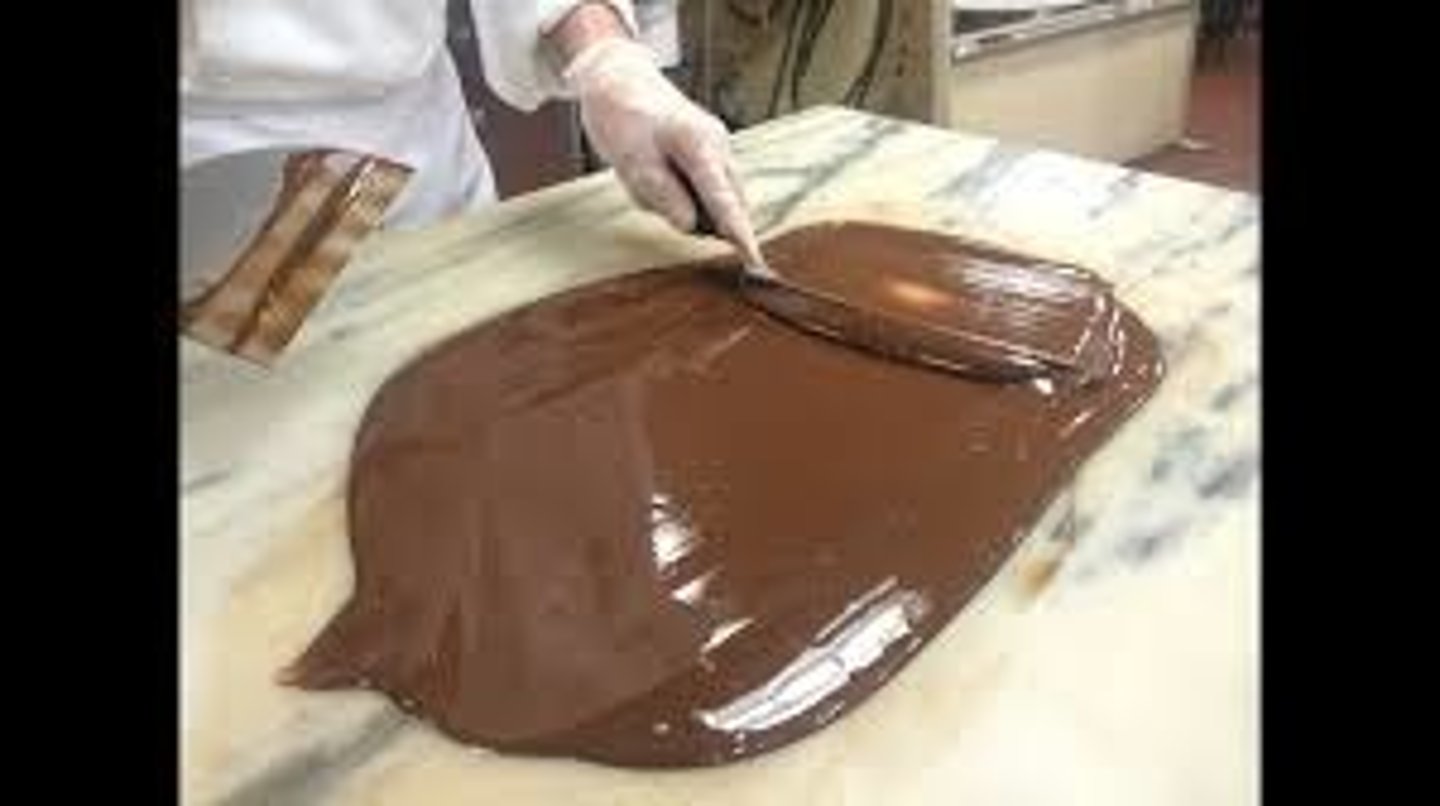
thickeners
Gelatin, flour, arrowroot (a powdered starch made from a tropical root), cornstarch, and eggs. Thickeners, combined with the stirring process, determine the consistency of the finished product.
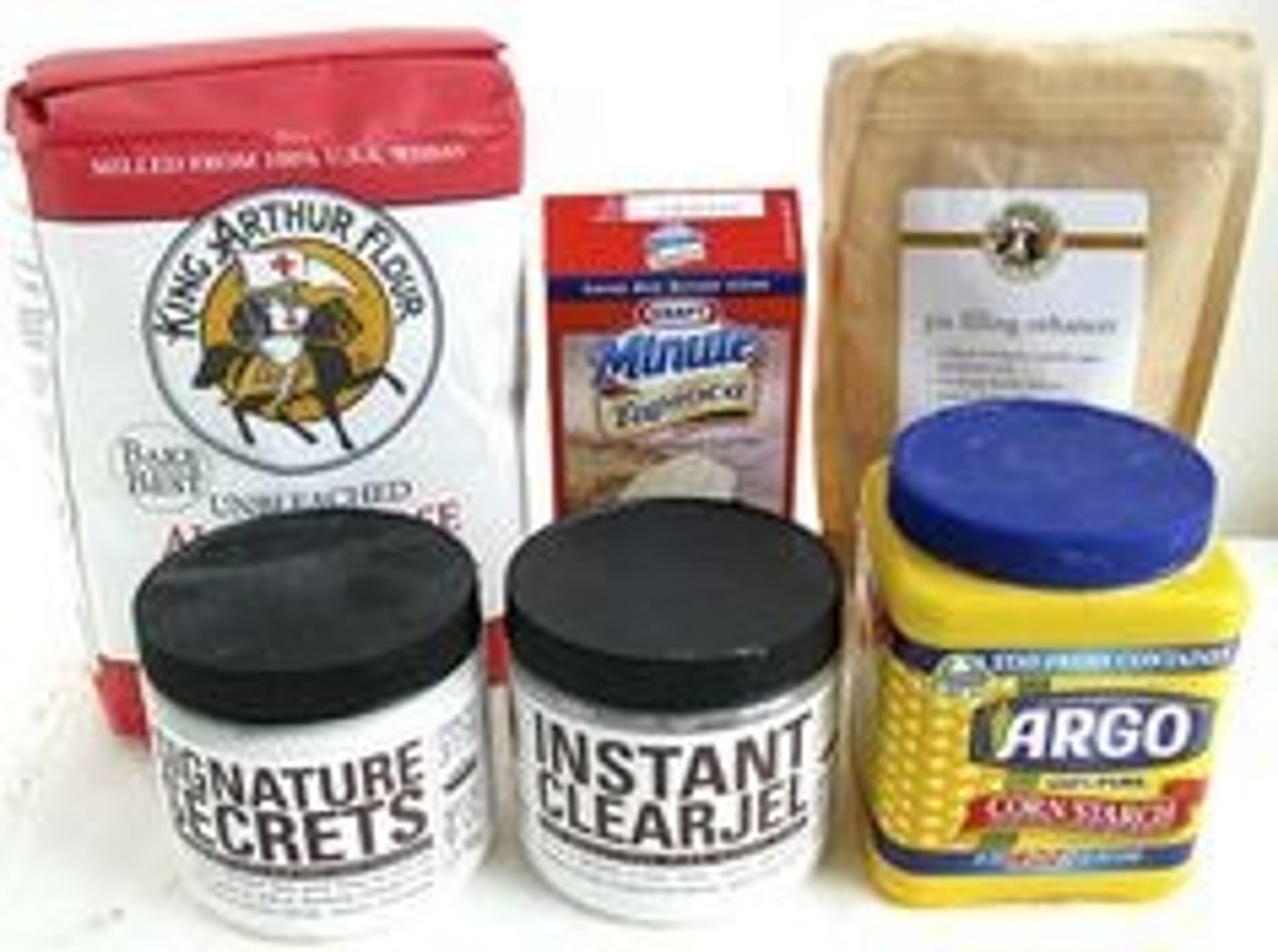
two-stage method
Used to make high-ratio cakes. The first stage is to combine a softened or melted shortening with the dry ingredients. The second stage is to add and blend in one-half of the liquid being used in the recipe and then gradually add the remaining liquid to the mixture.
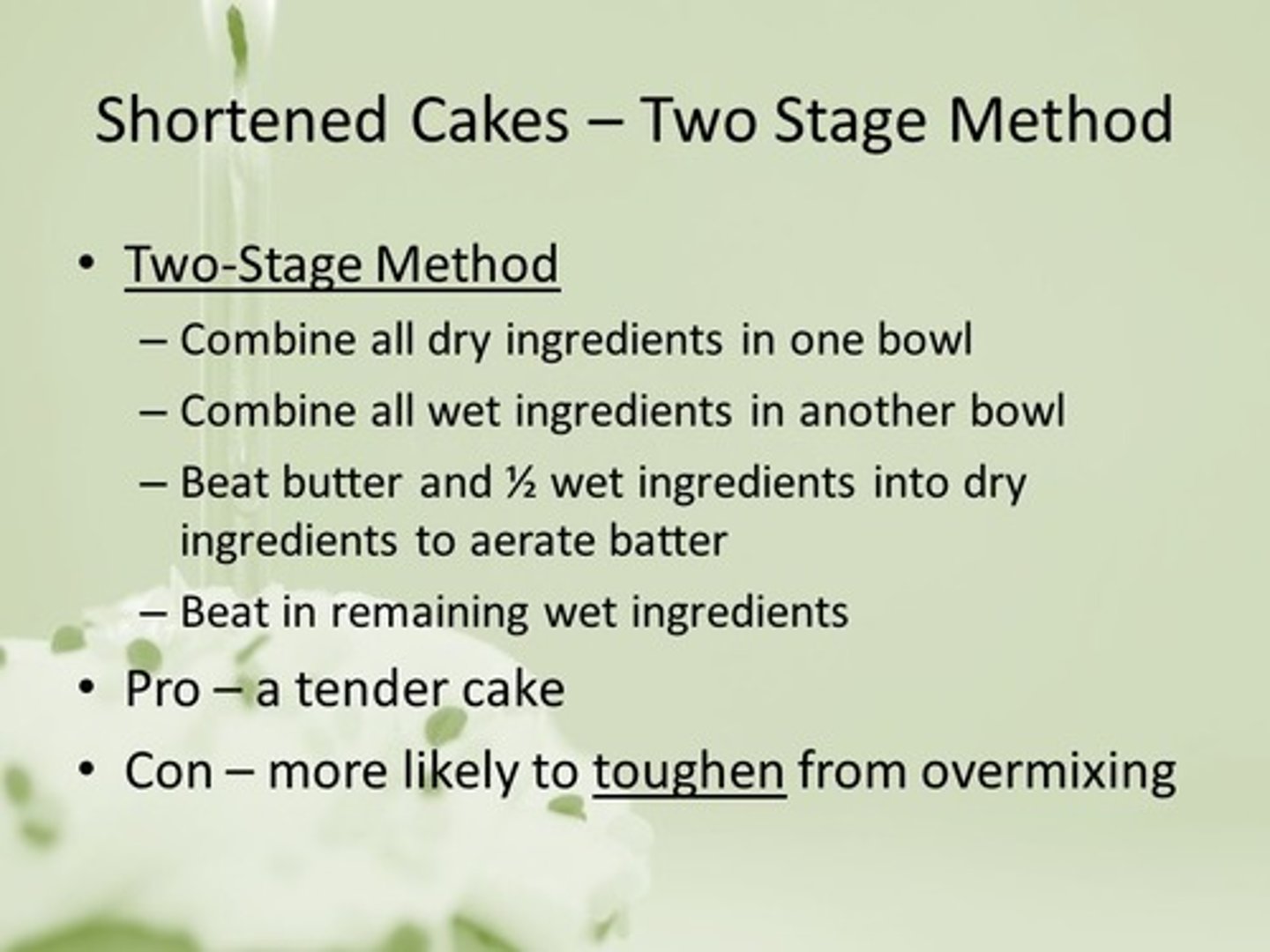
yeast
An organic leavener, yeast is a microscopic fungus used often in baking. When yeast is mixed with carbohydrates (such as sugar and flour), it ferments.
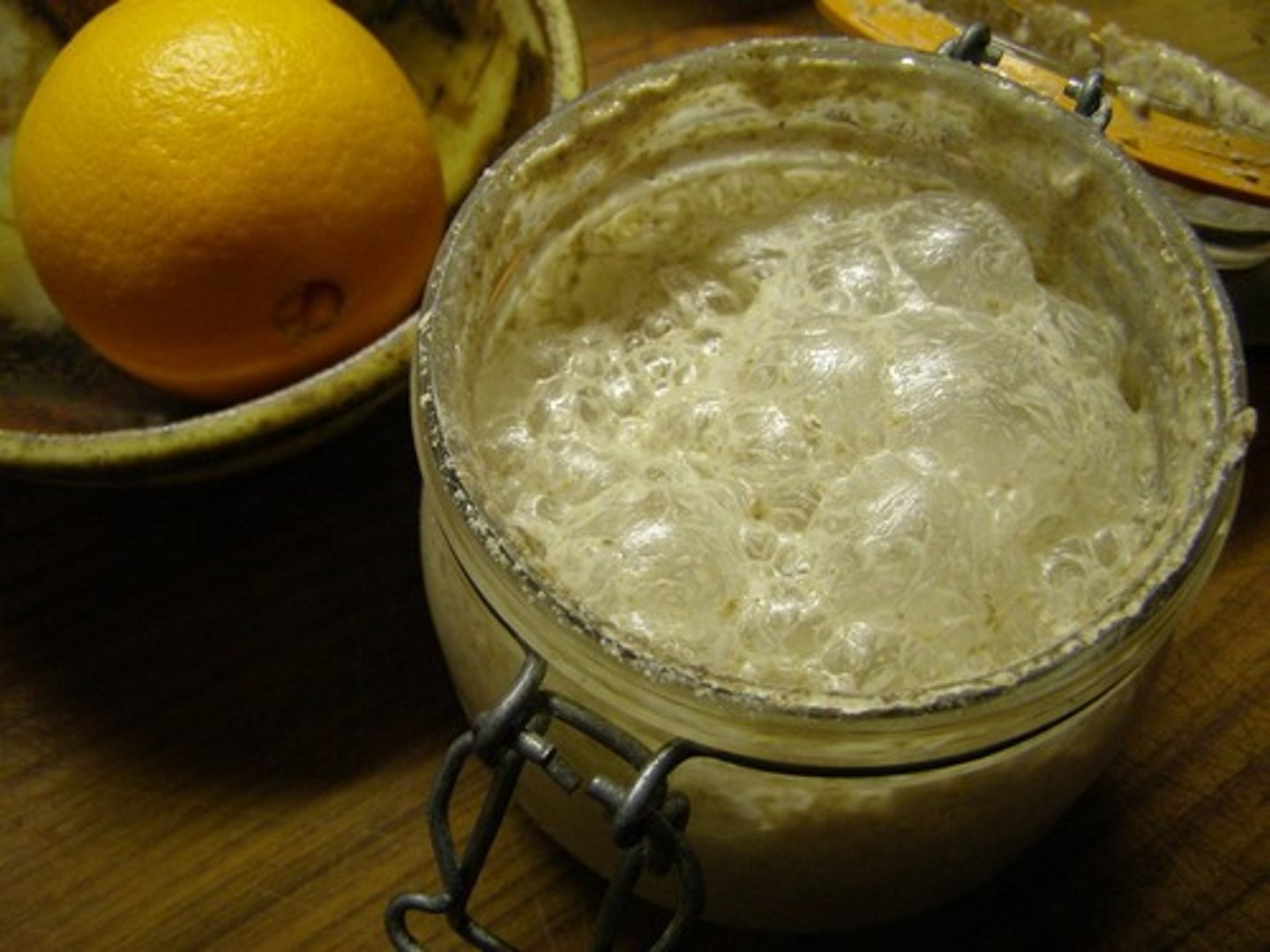
yield
How much of something is produced.

Pastry bag and tips
A funnel-like or cone shape cloth or plastic bag with an open end that can be fitted with metal or plastic tips of varying sizes and designs used for shaping ,piping or decorating with materials such as cake icing, whipped cream duchesse potatoes and soft dough.
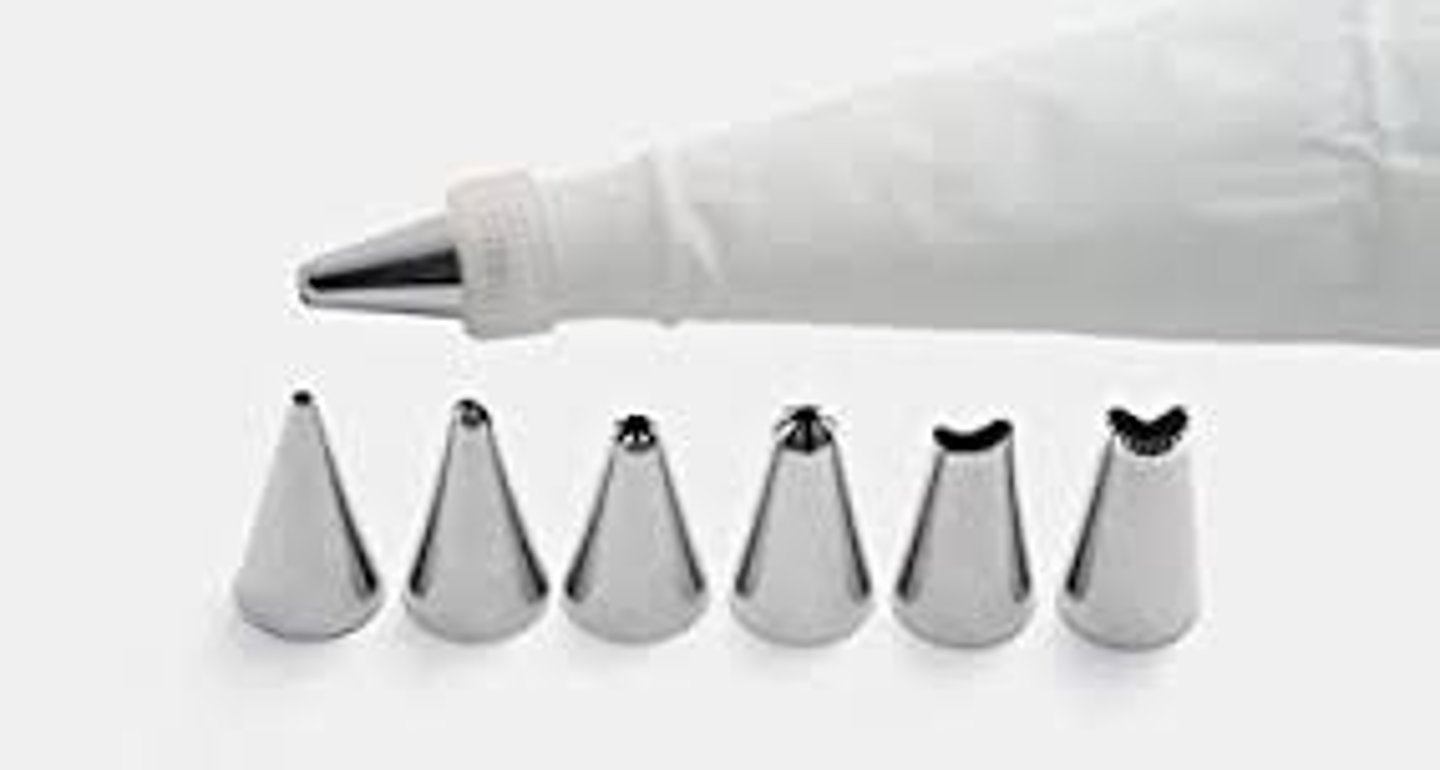
fondant
a thick paste made of sugar and water and often flavored or colored, used in the making of candy and the icing and decoration of cakes.
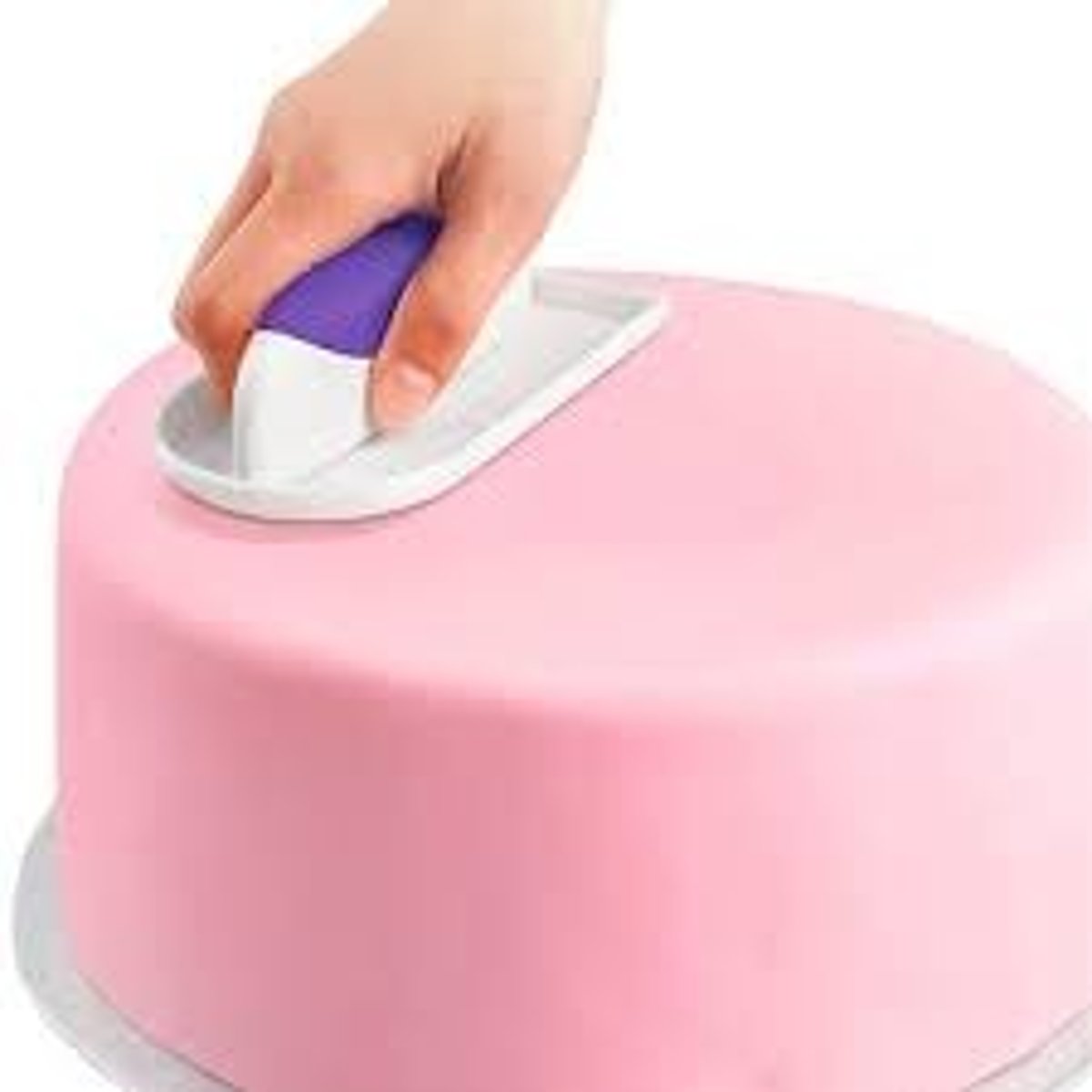
Buttercream
An icing made of butter and/or shortening blended with confectioners' sugar or sugar syrup and, sometimes, other ingredients.
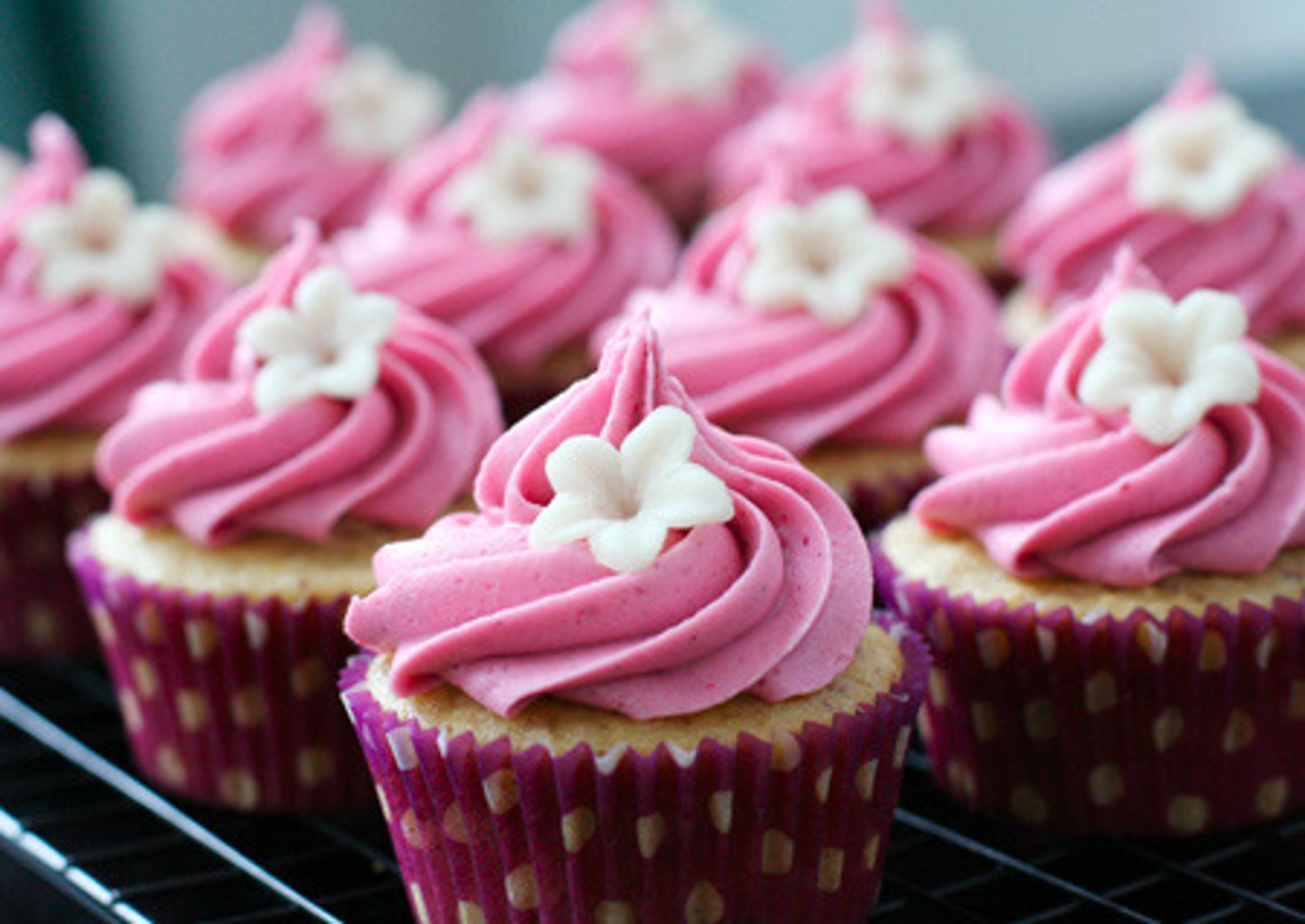
Royal icing
hard white icing made from confectioners' sugar and egg whites, typically used to decorate gingerbread houses.
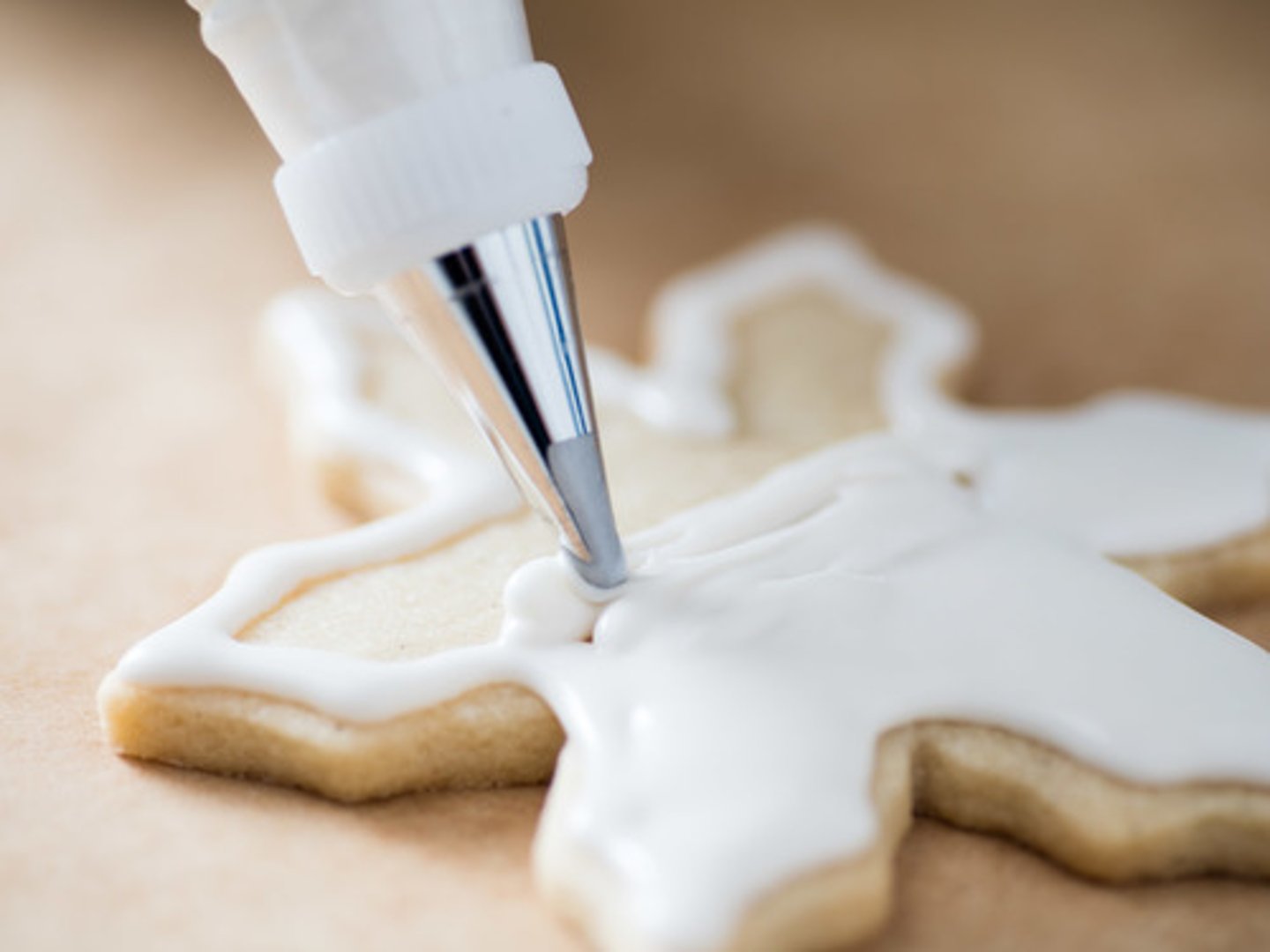
Ganache
a rich cream made of sweet chocolate and heavy cream.
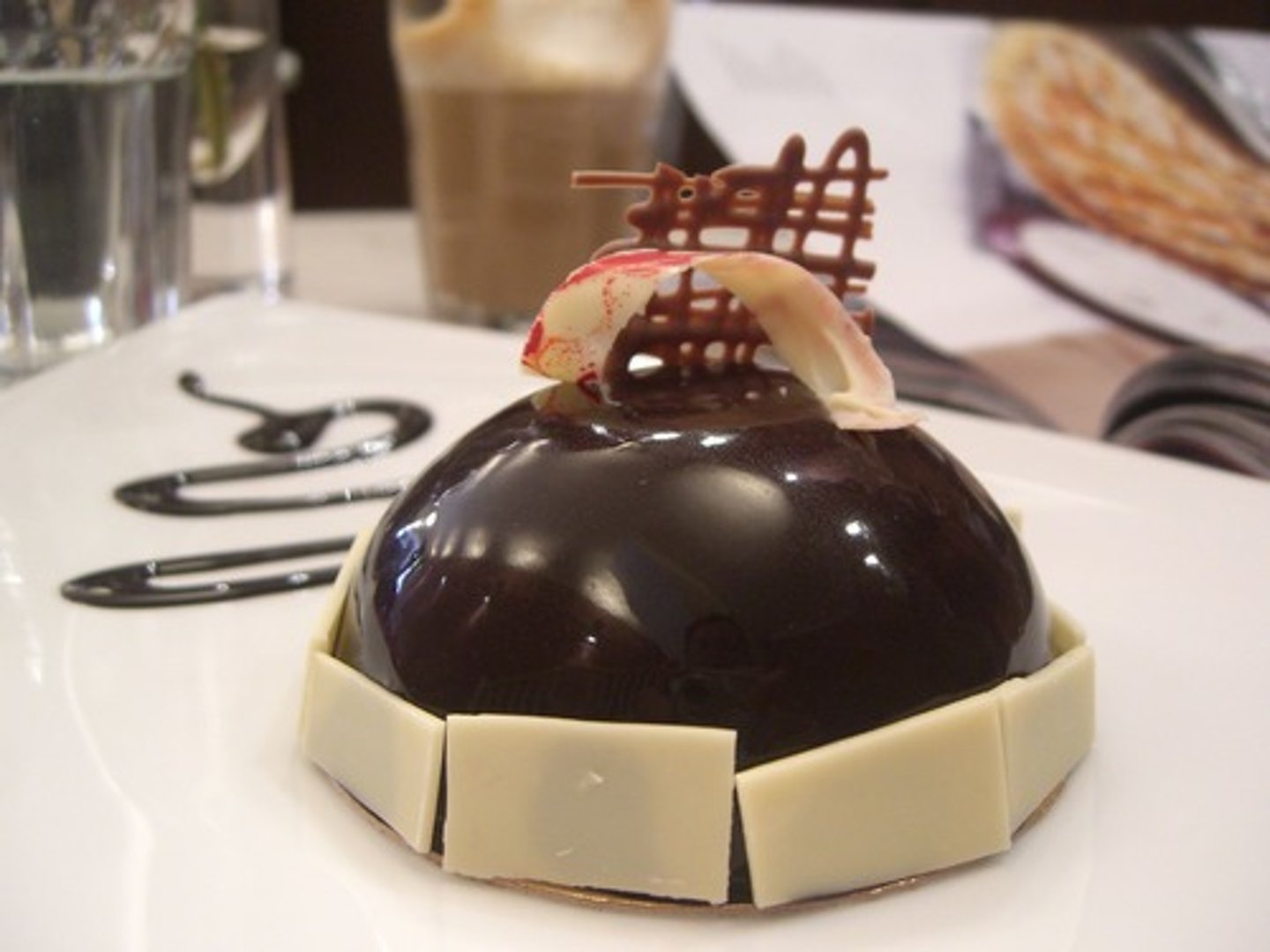
tube pan
a round cake pan with a hollow, cone-shaped center, used for baking ring-shaped cakes.
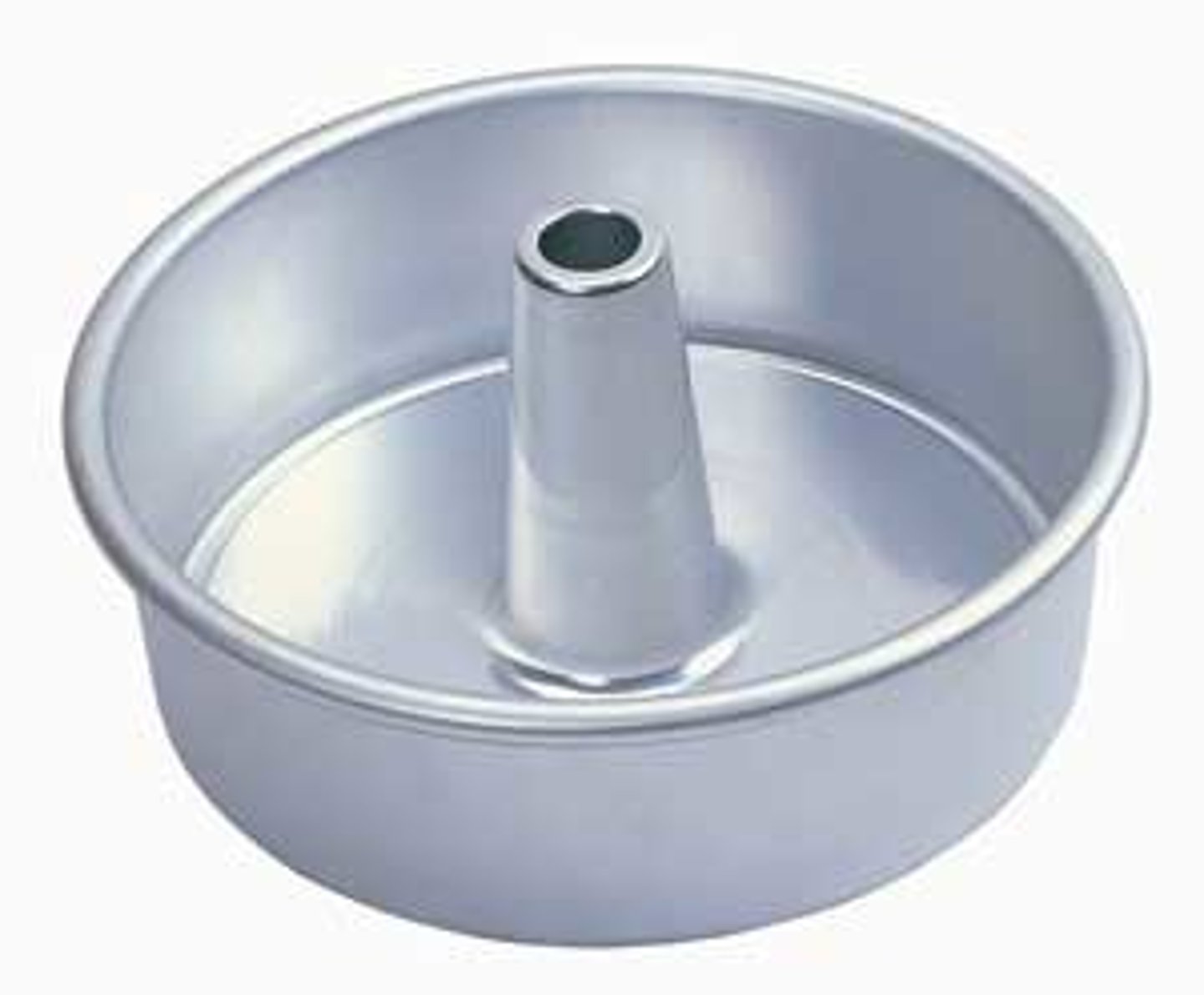
sourdough
Type of bread made with yeast batter and leavened with a starter.

sift
To put through a sieve to reduce to finer particles
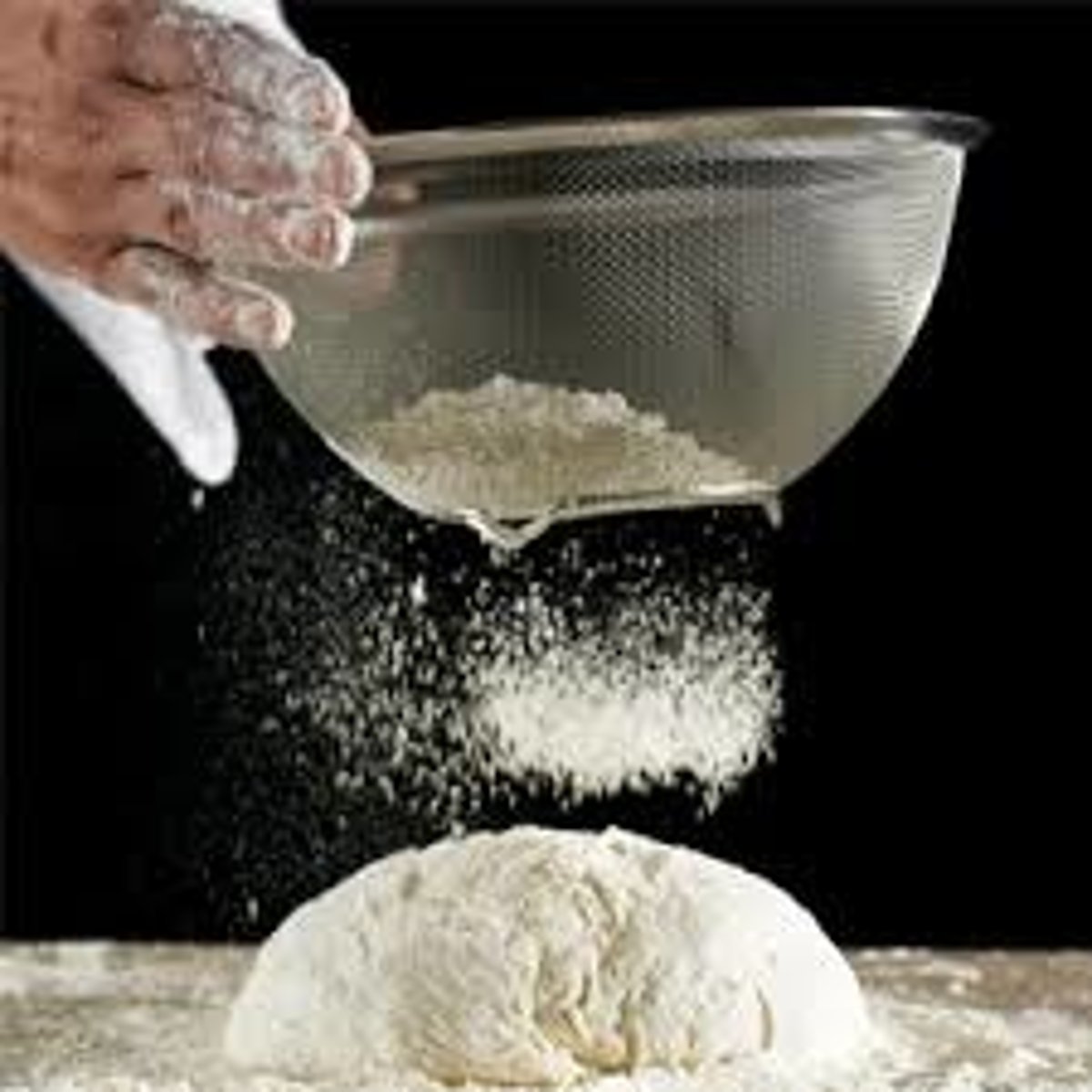
Stiff peaks
peaks that stand up straight when the beaters are lifted from the mixture
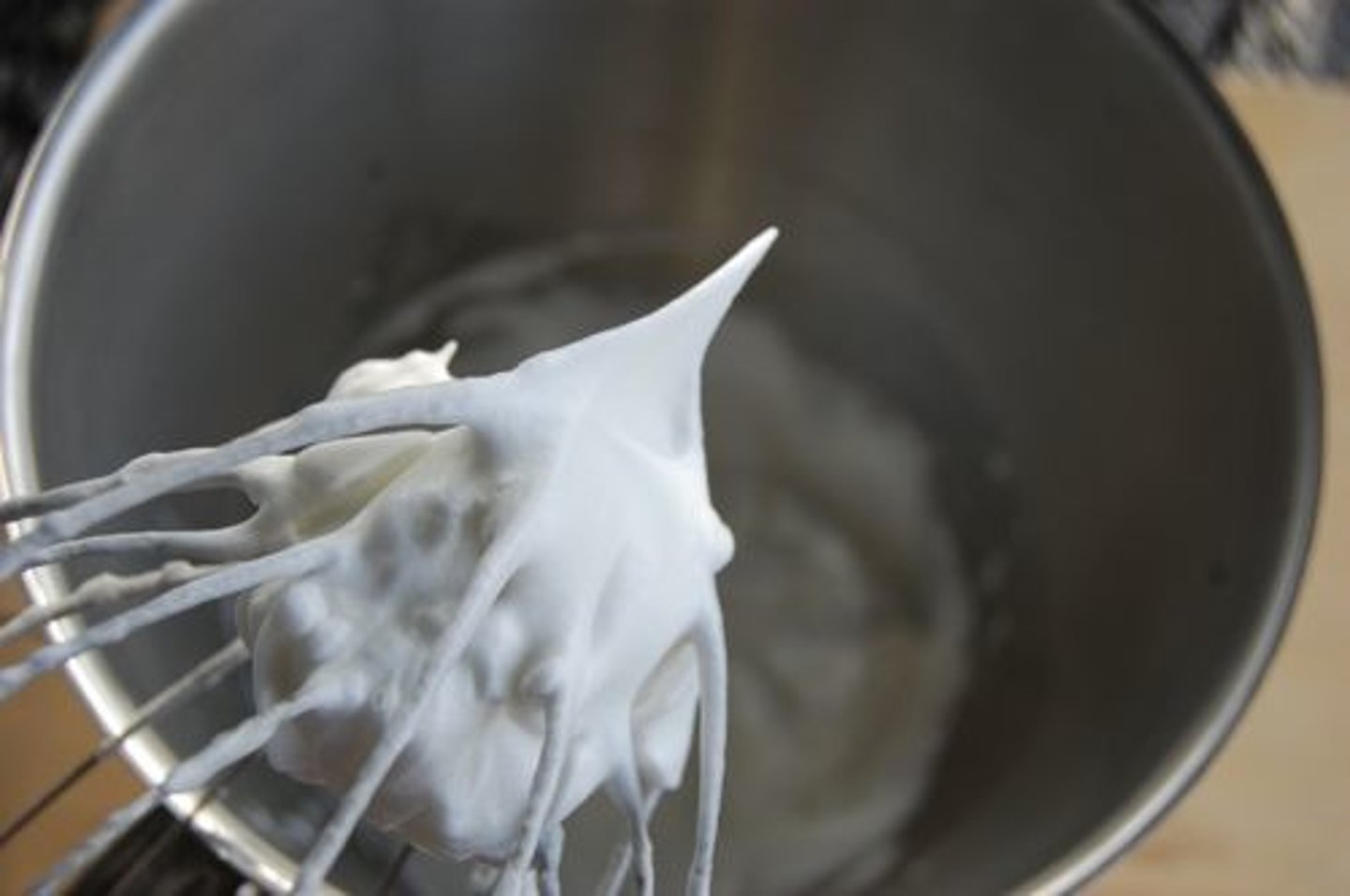
cut in
To combine solid fat with flour using a pastry blender, two forks, or the fingers
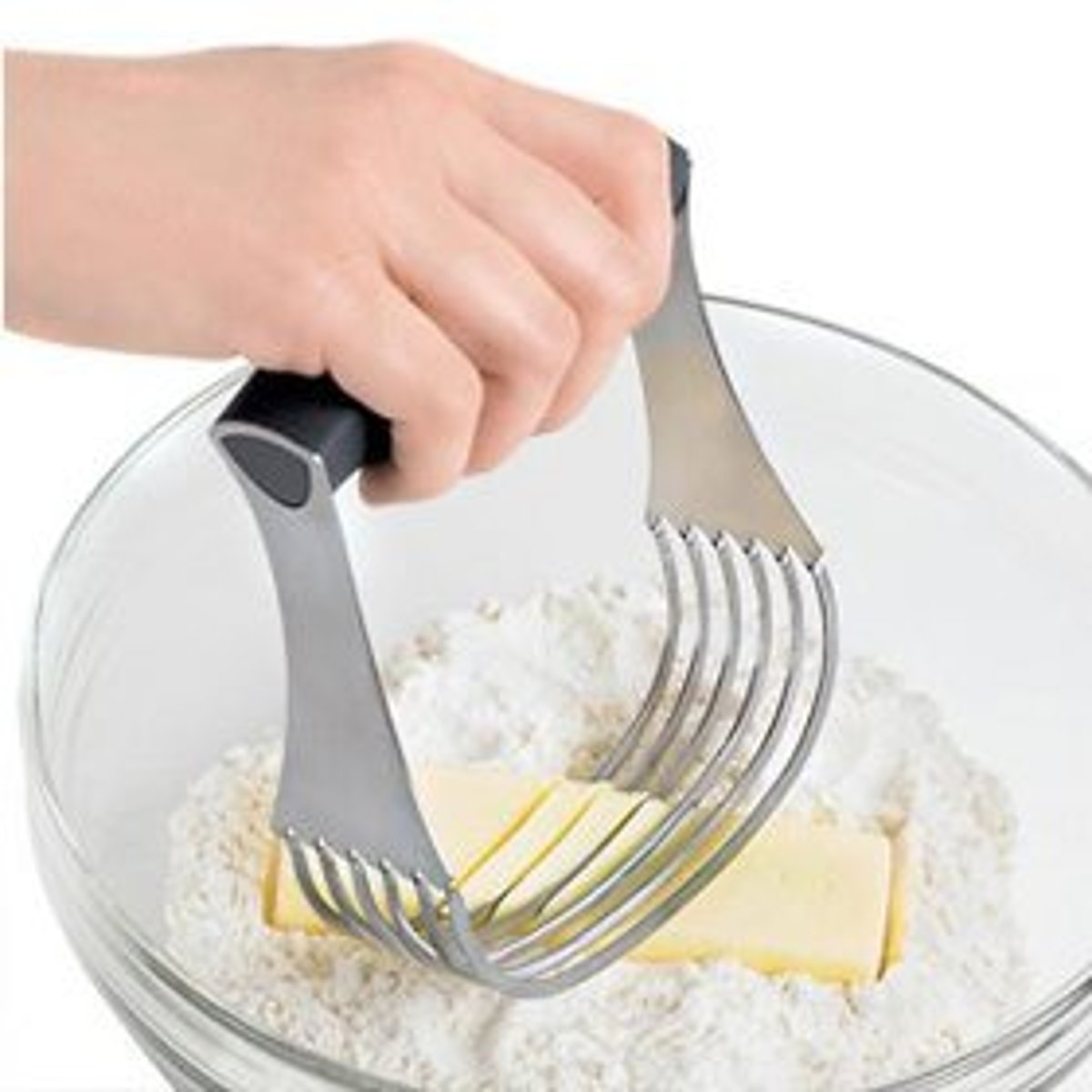
standardized recipe
A set of written instructions that is used to consistently prepare a known quantity and quality of a certain food.
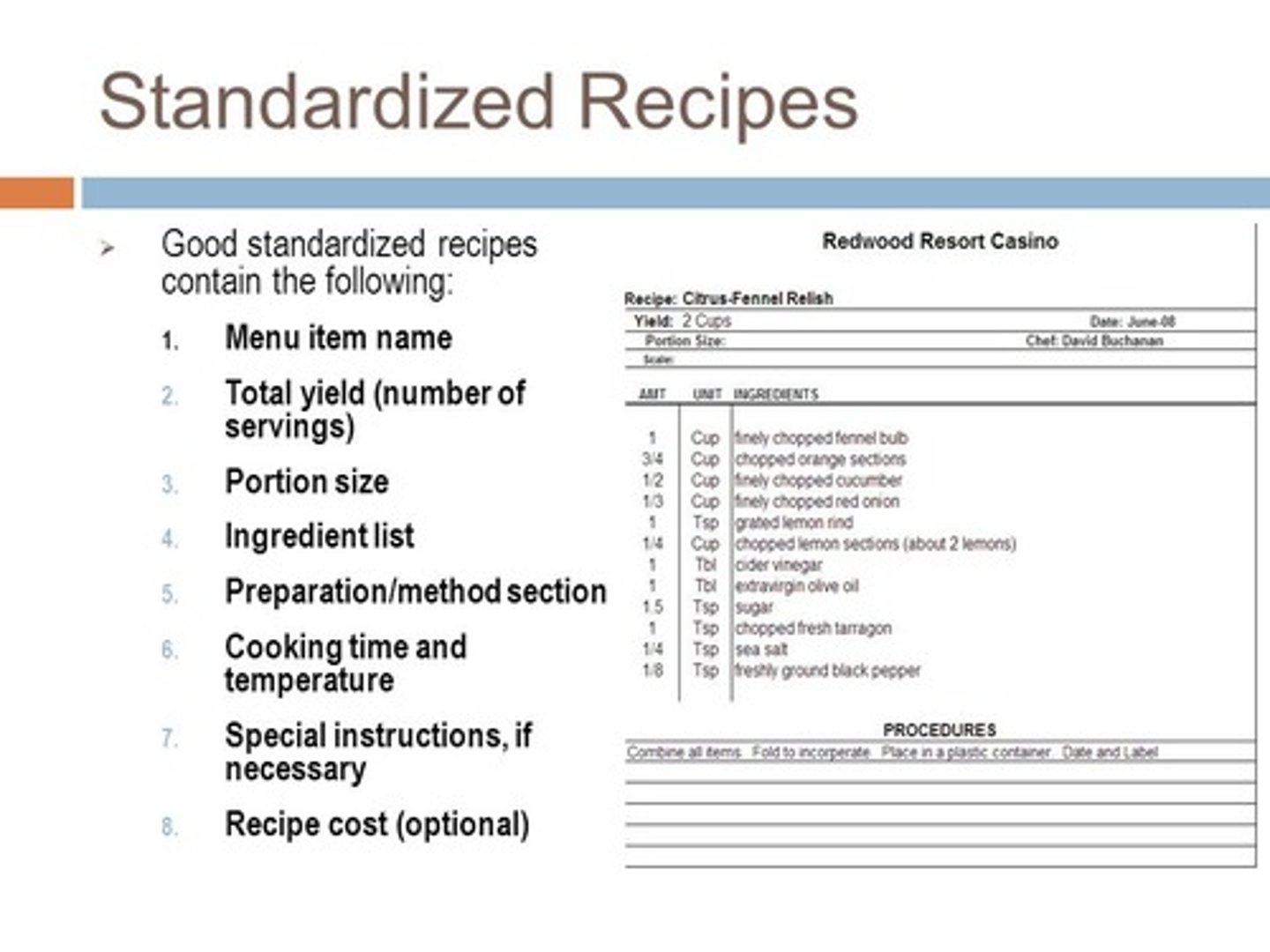
mis en place
To put all ingredients "in place" before cooking
Baker's Chocolate
Chocolate that has no sugar added. Also called unsweetened chocolate or chocolate liquor.
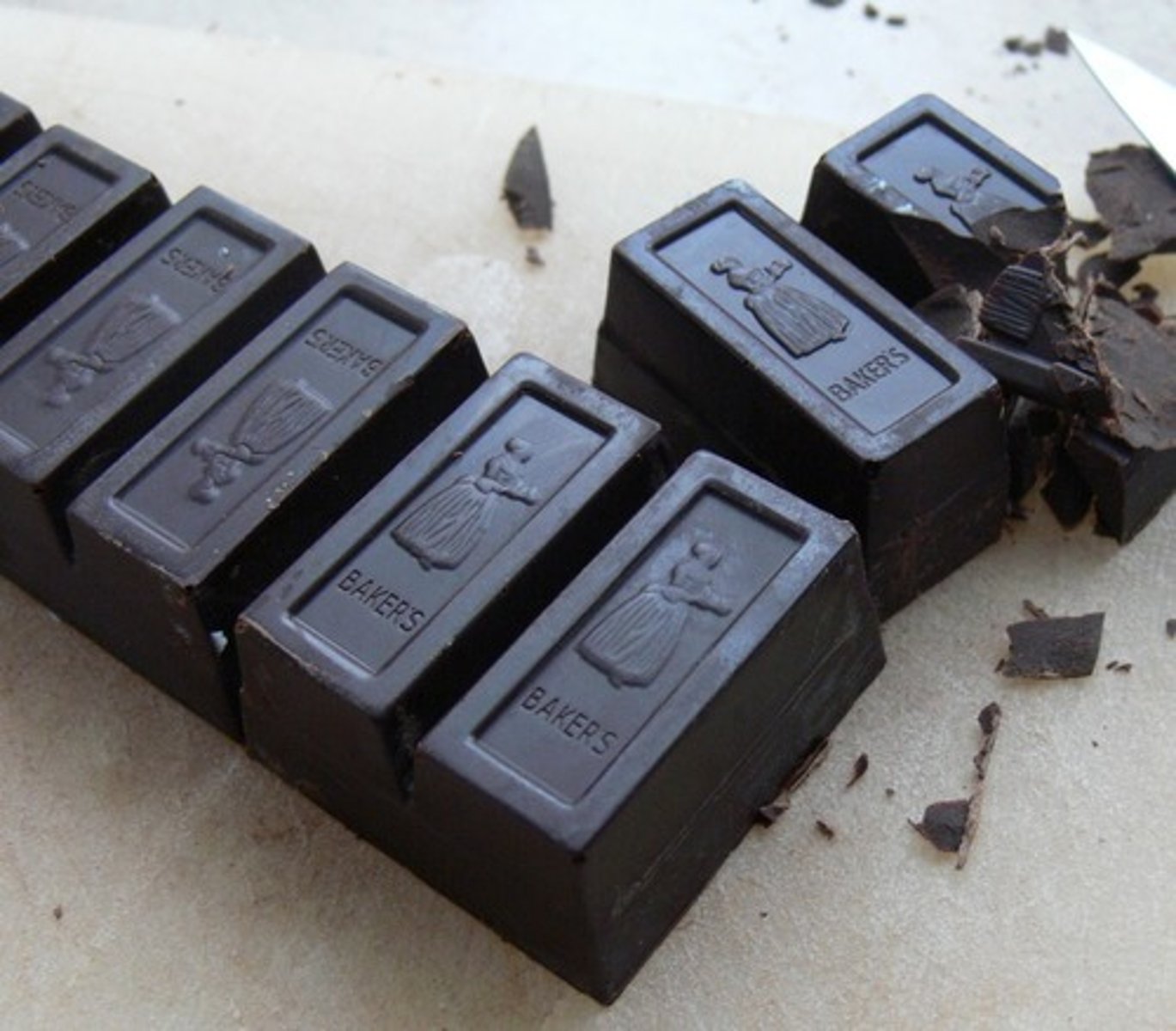
Semi-Sweet Chocolate
Solid chocolate about 45% chocolate liquor, 15% cocoa butter and 40% sugar
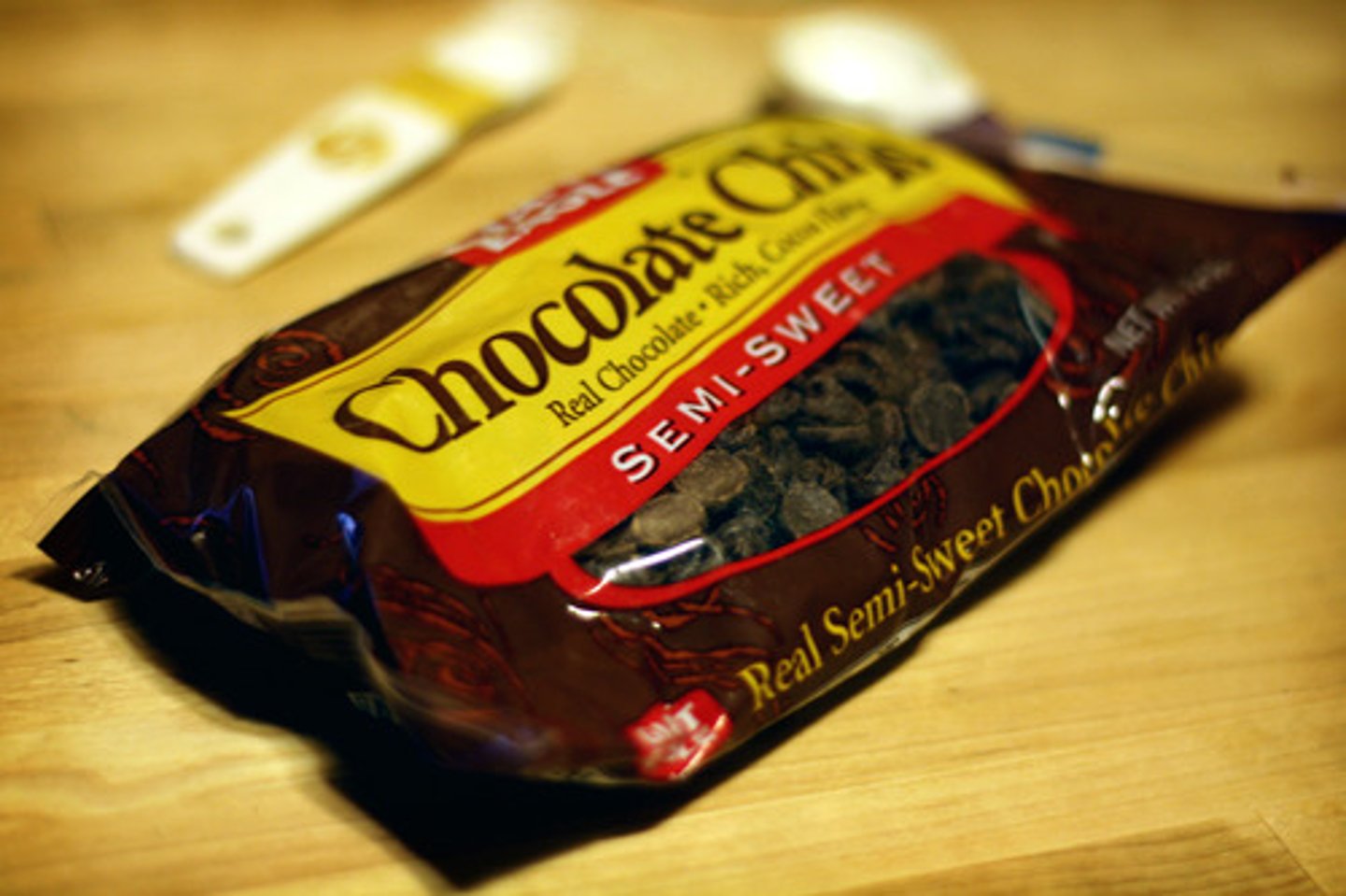
milk chocolate
Sweetened chocolate containing milk solids

sweetened condensed milk
Concentrated form of milk with sweetener added; used to make candy and desserts.
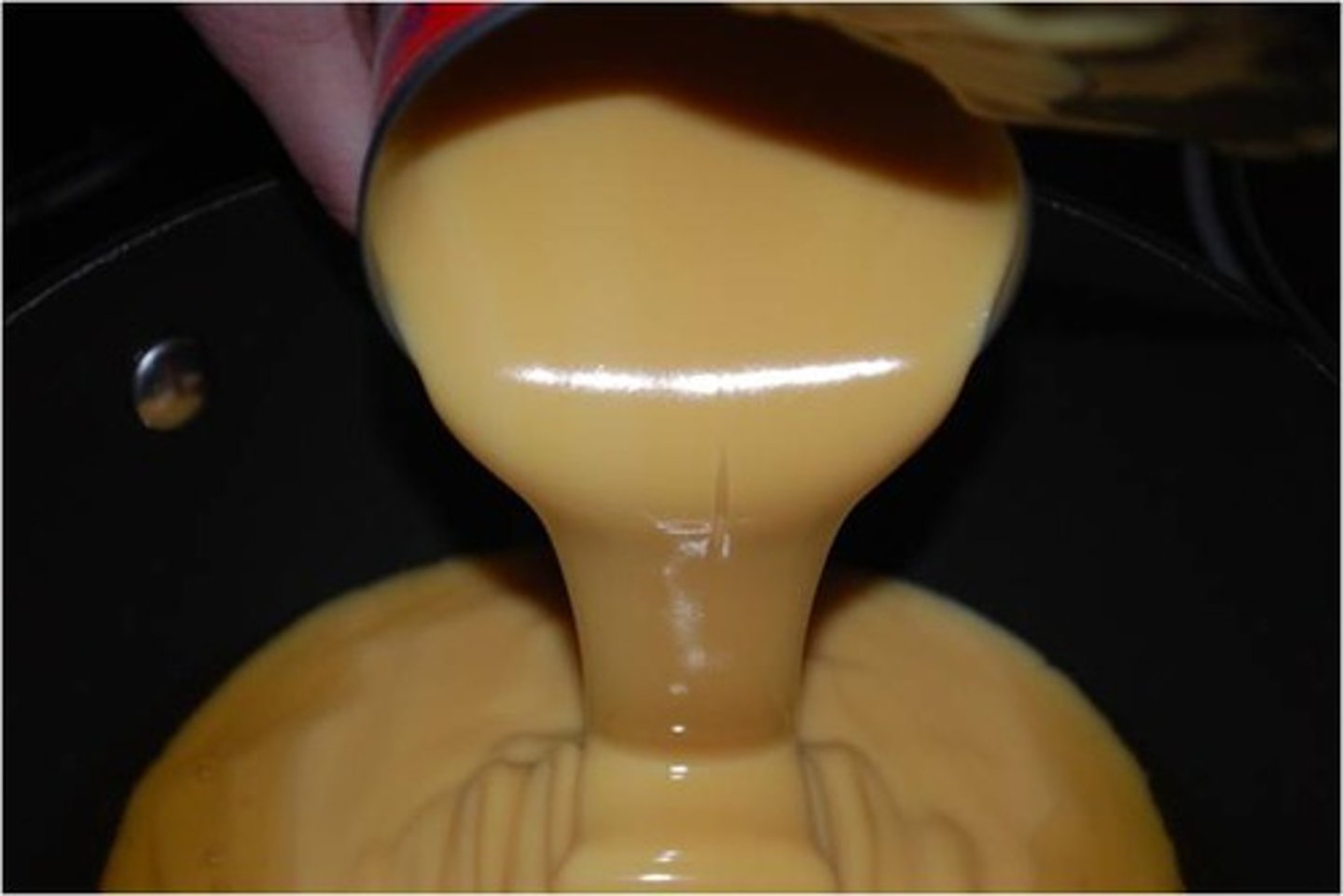
evaporated milk
Canned milk with 60% of the water removed

flute
To make grooves or folds in dough

chocolatier
a person or company that makes or sells chocolate

Pâtissier (pa-tees-syay)
Prepares pastries and desserts
